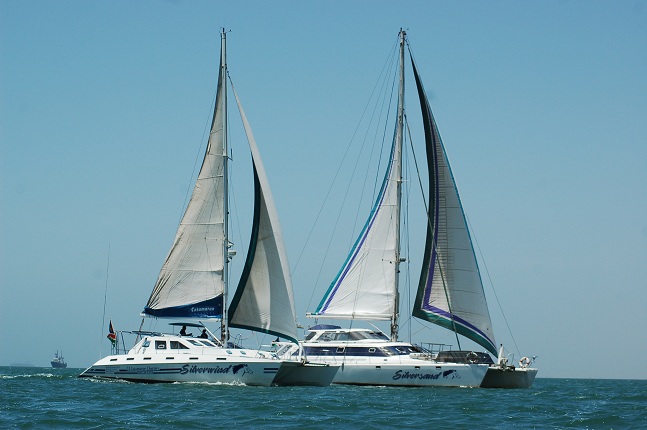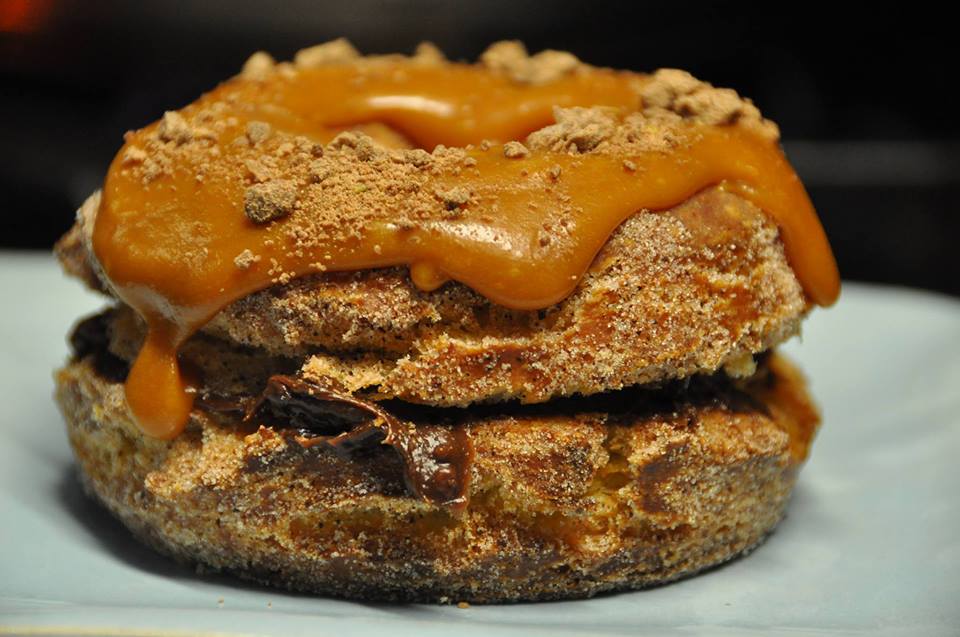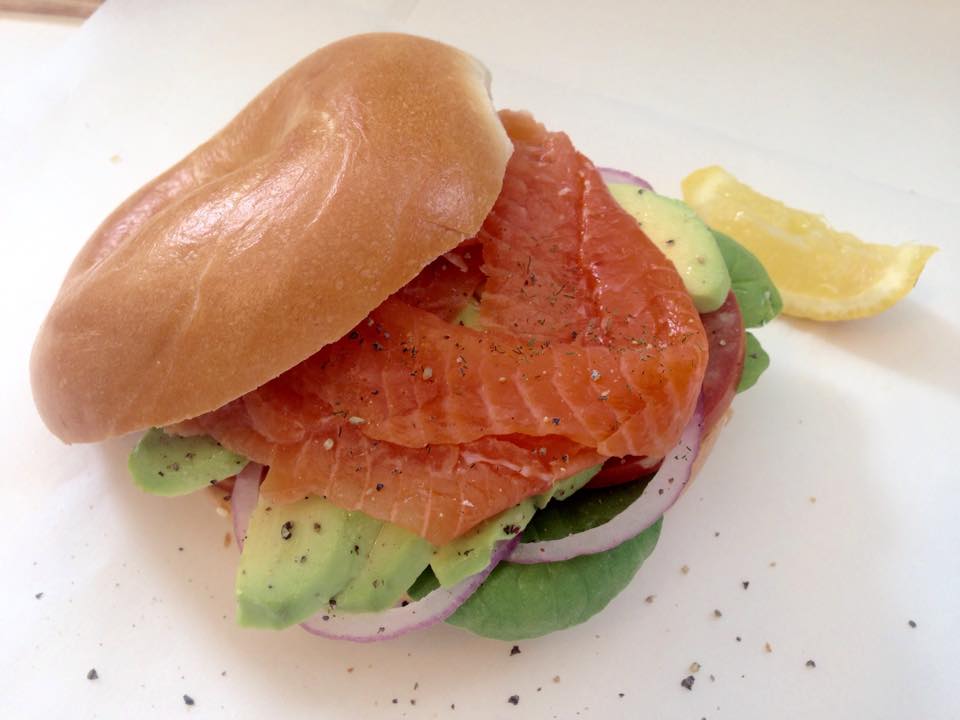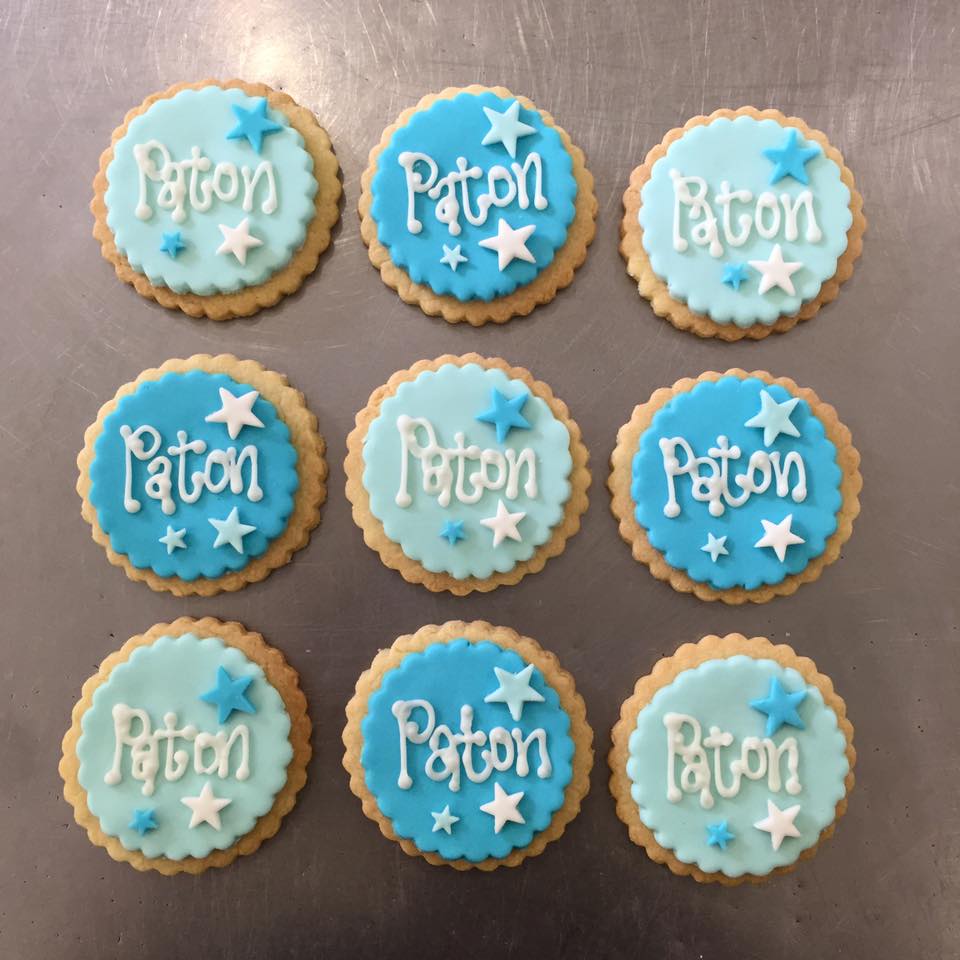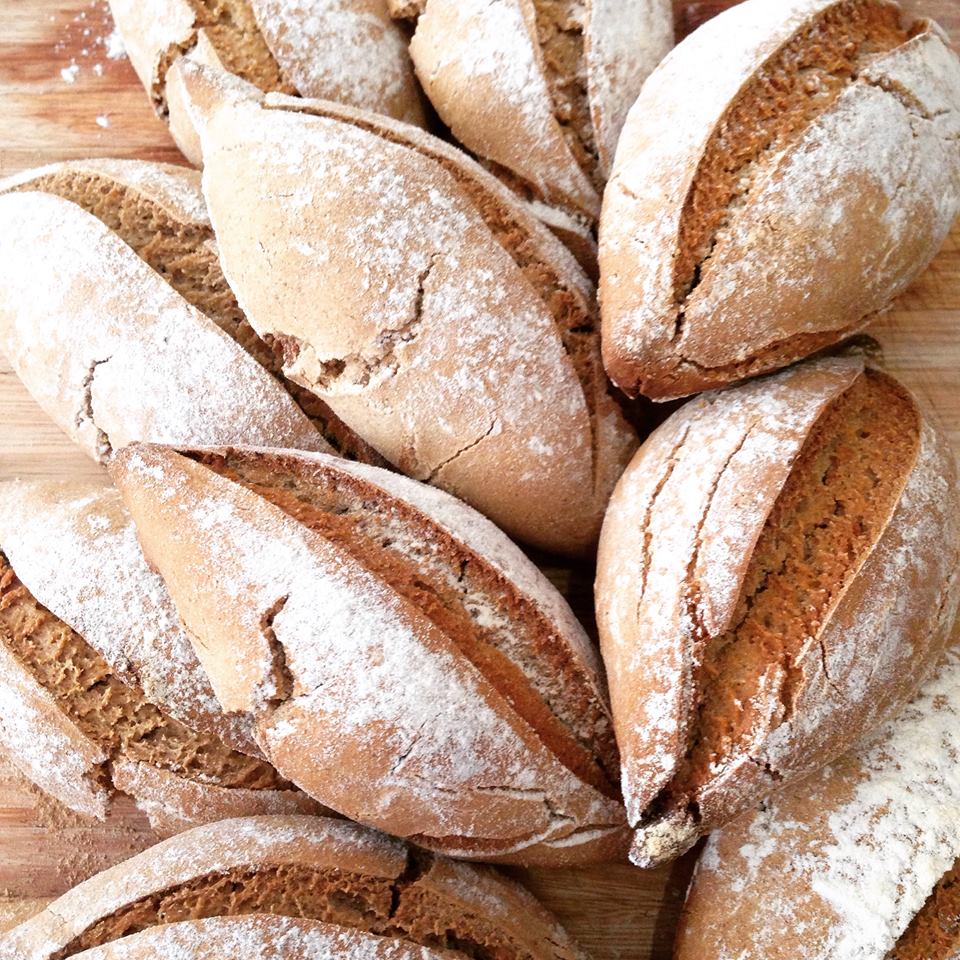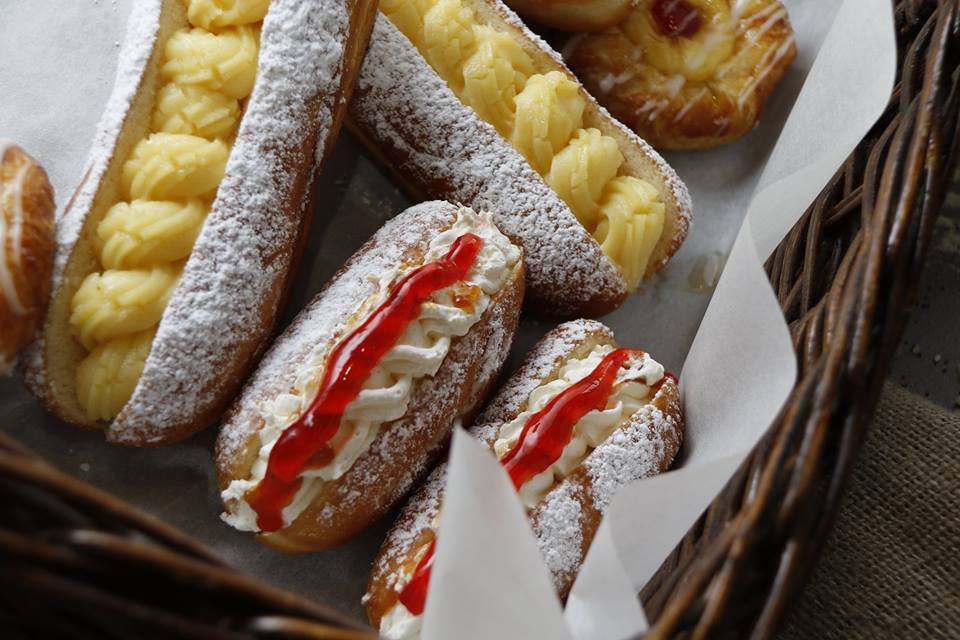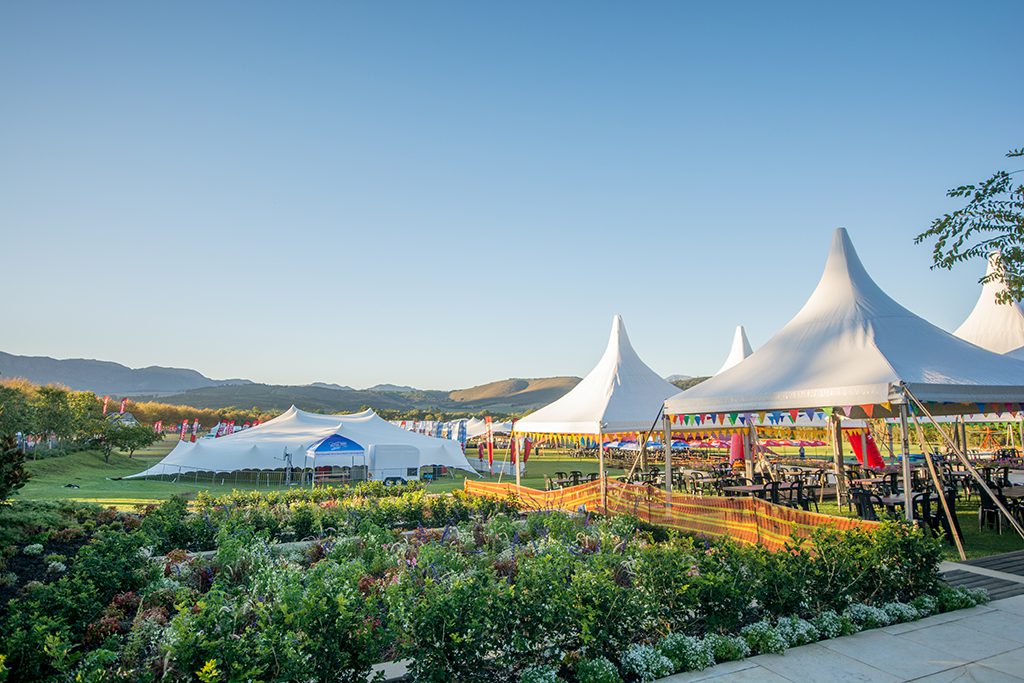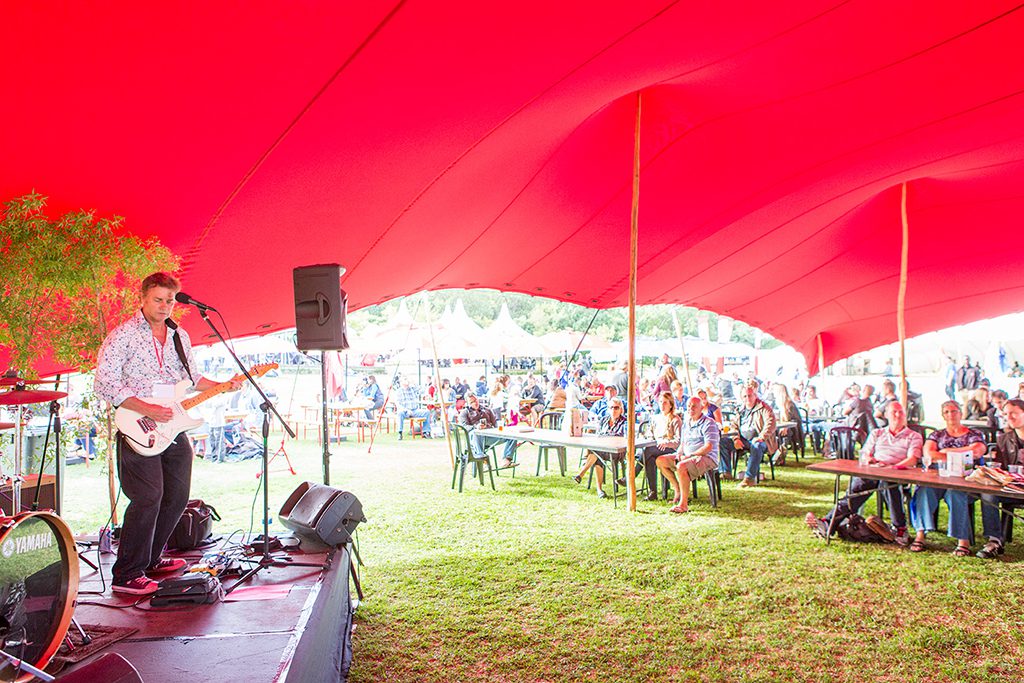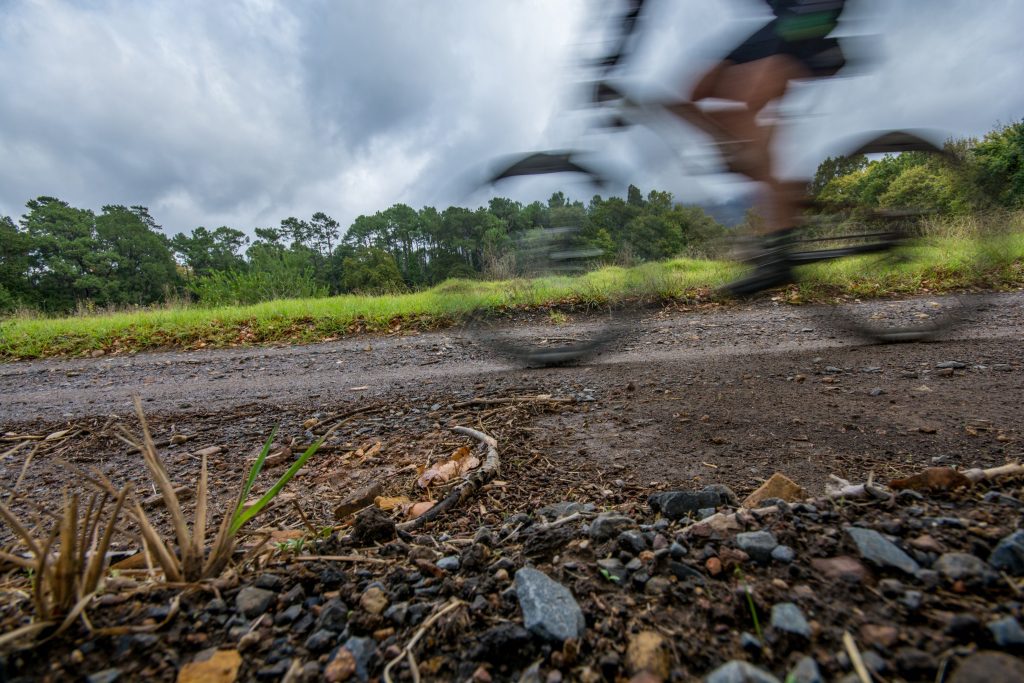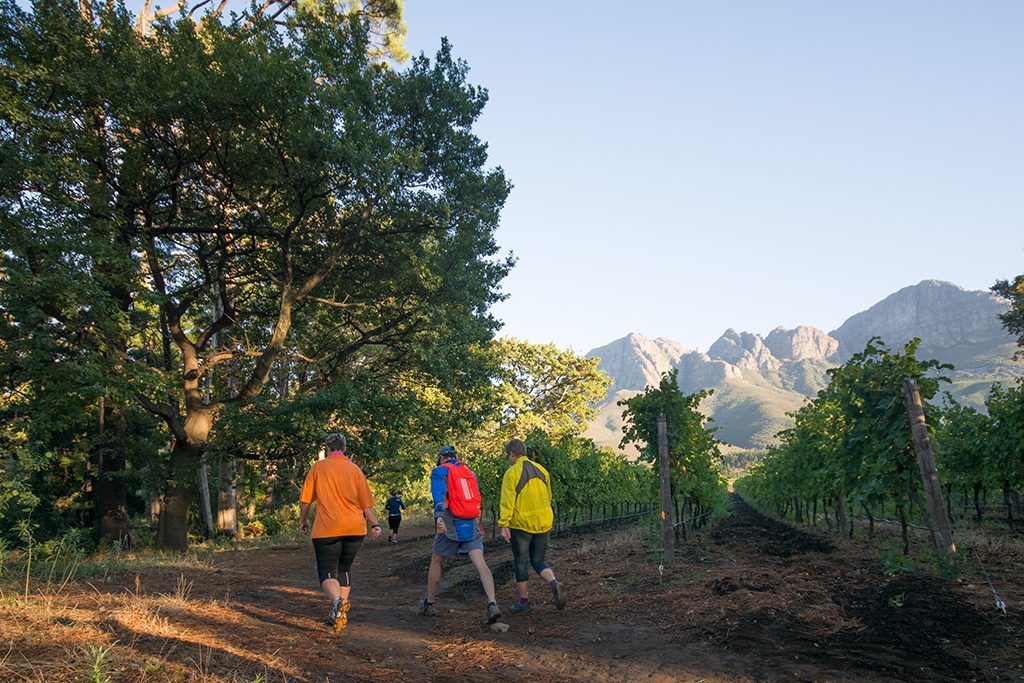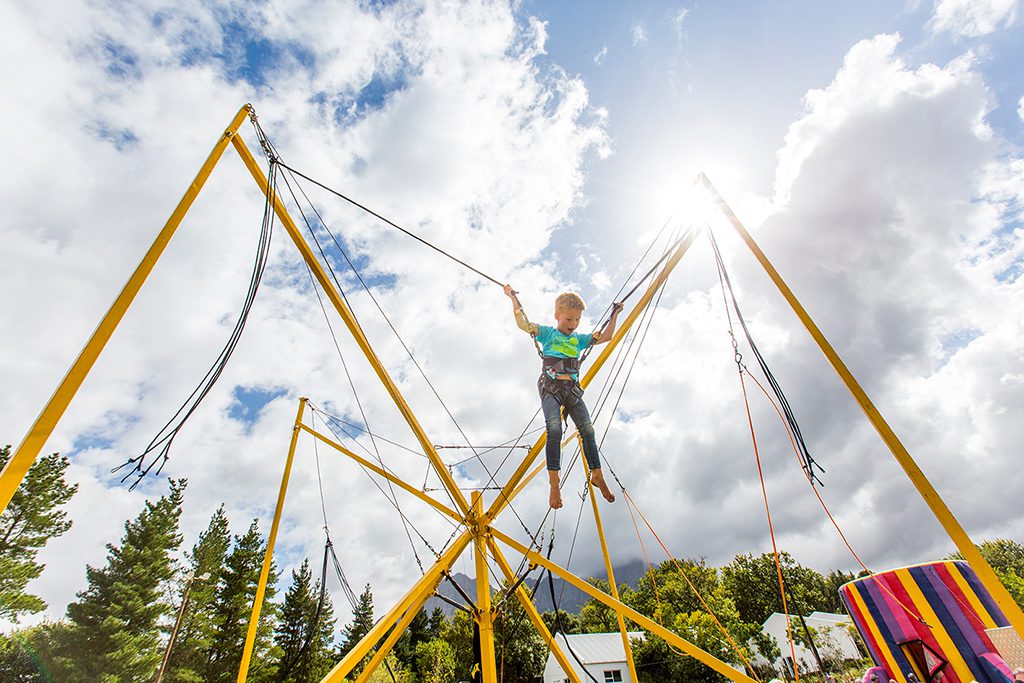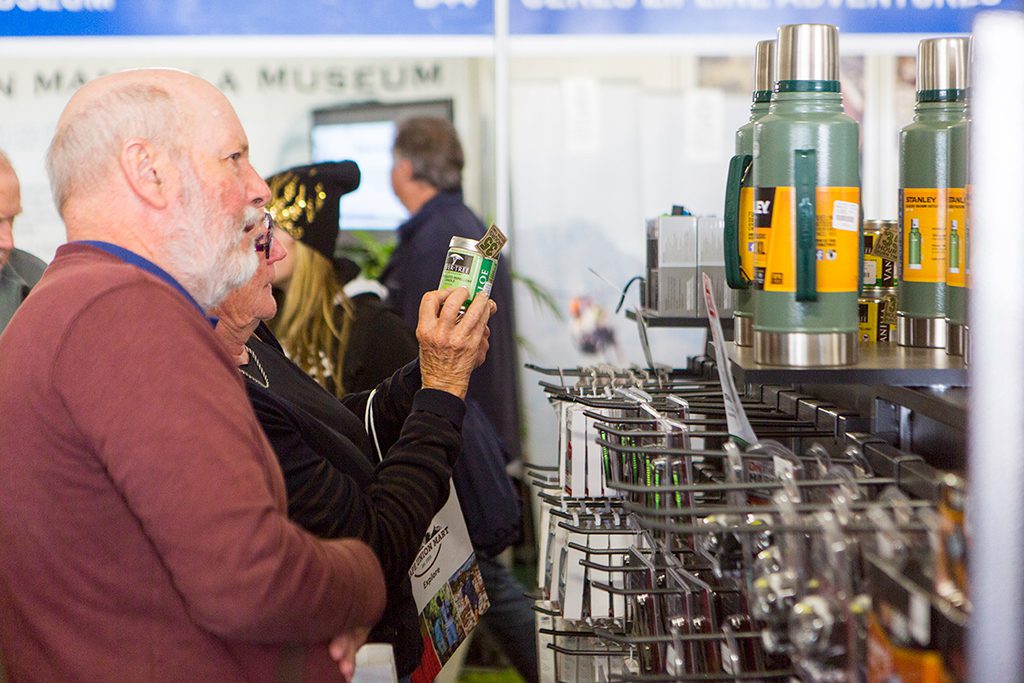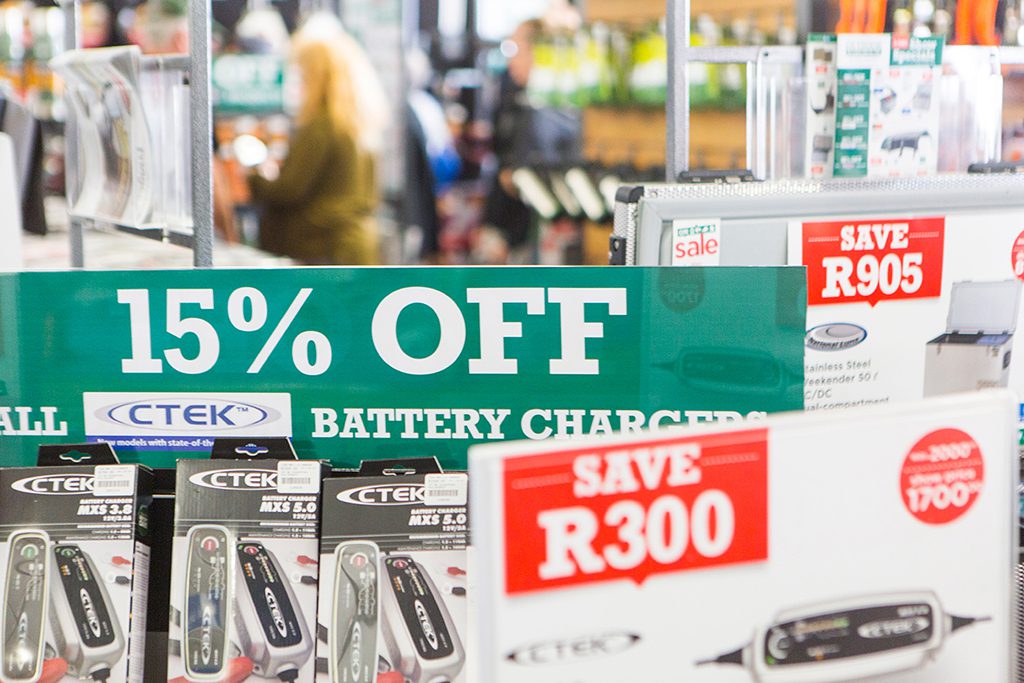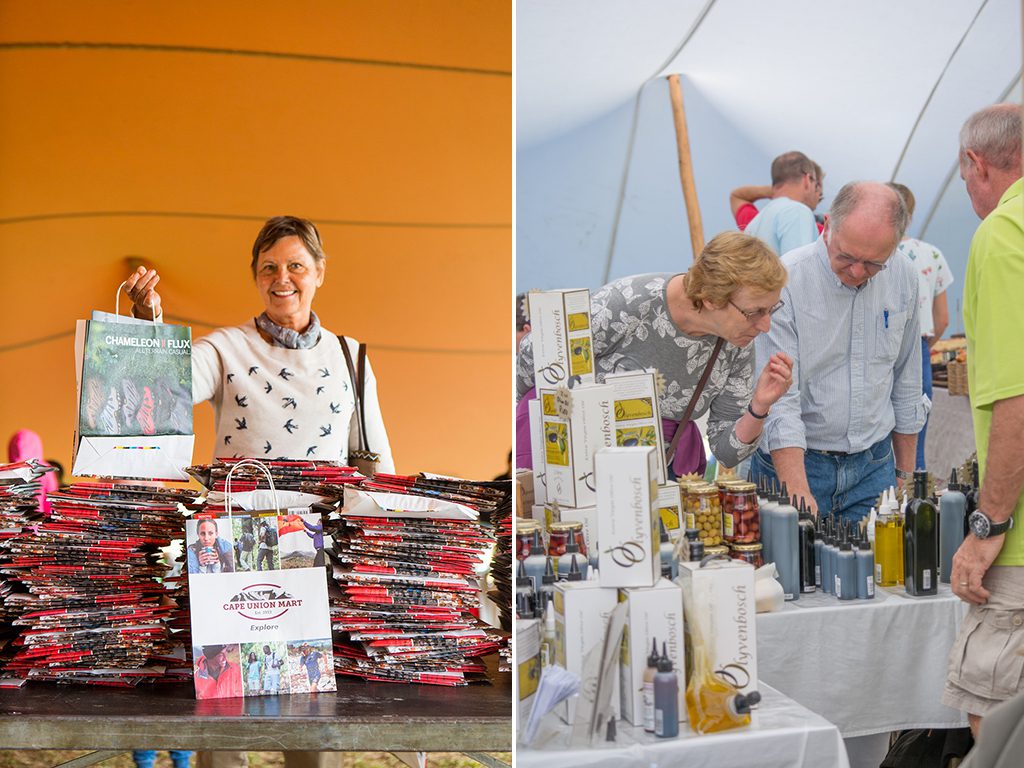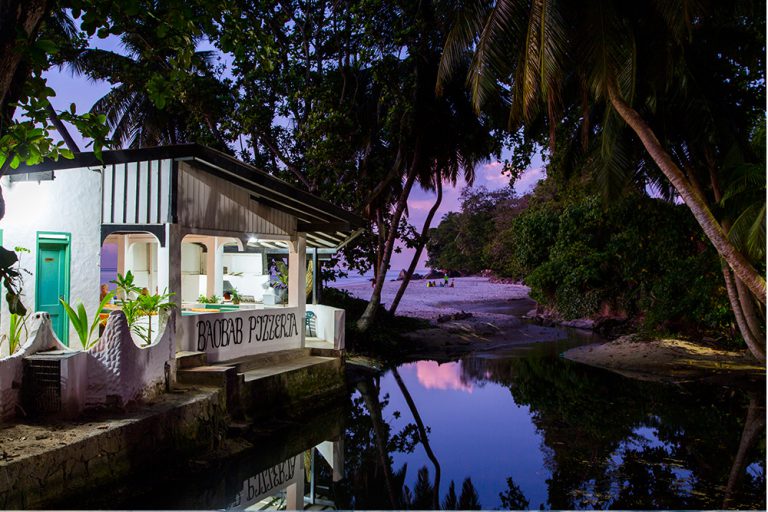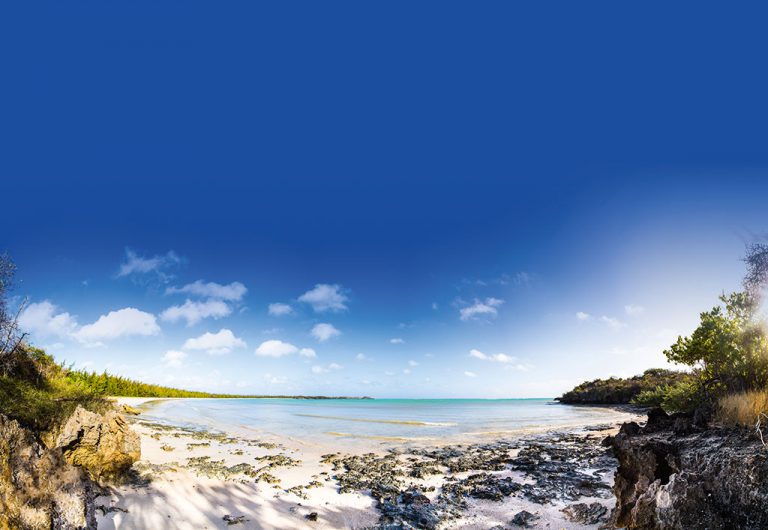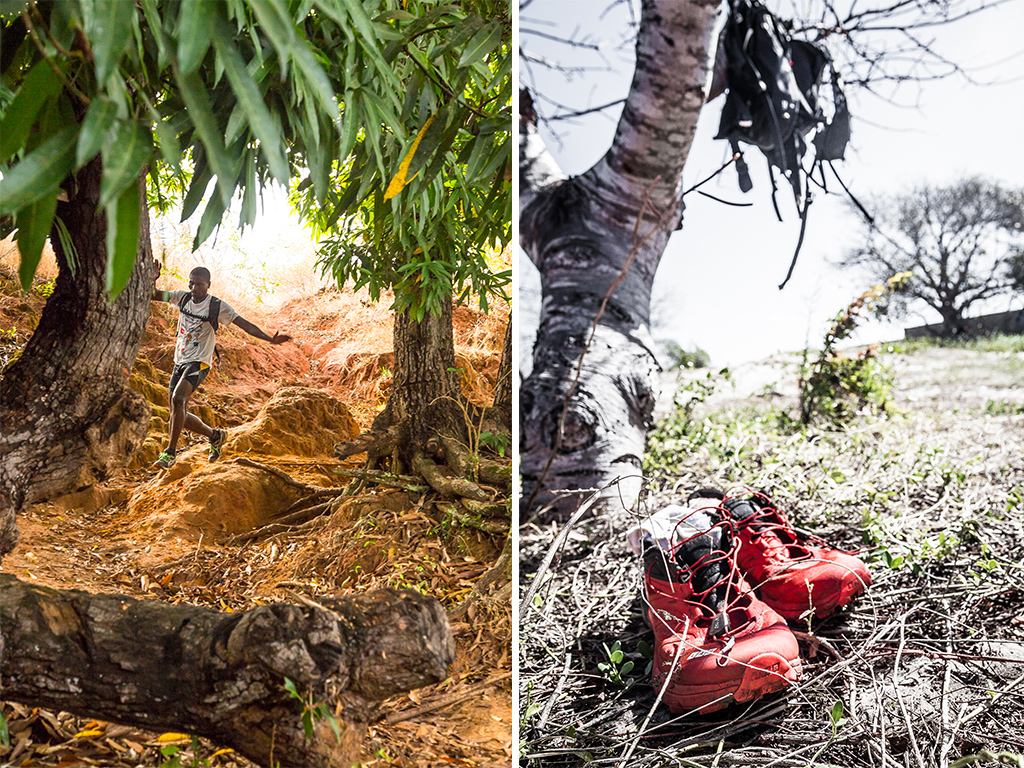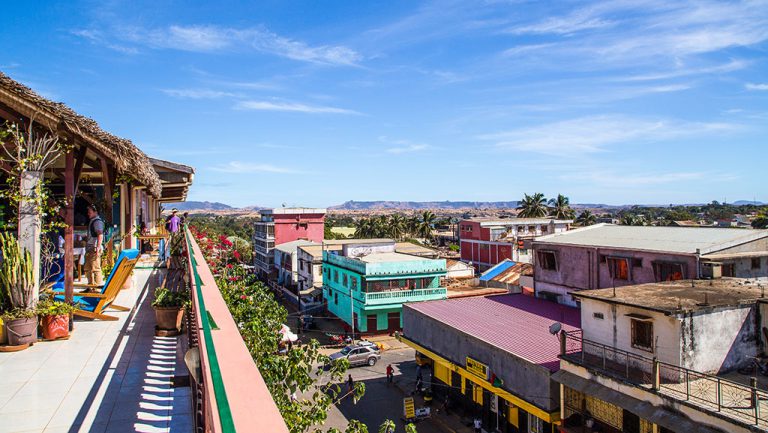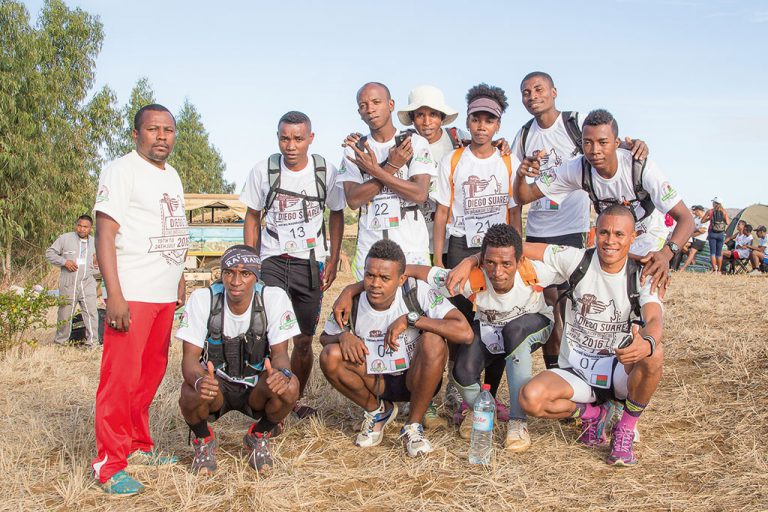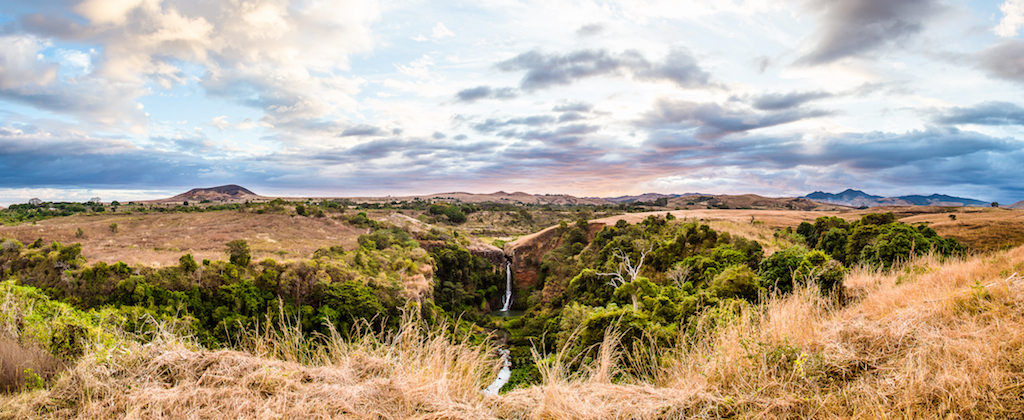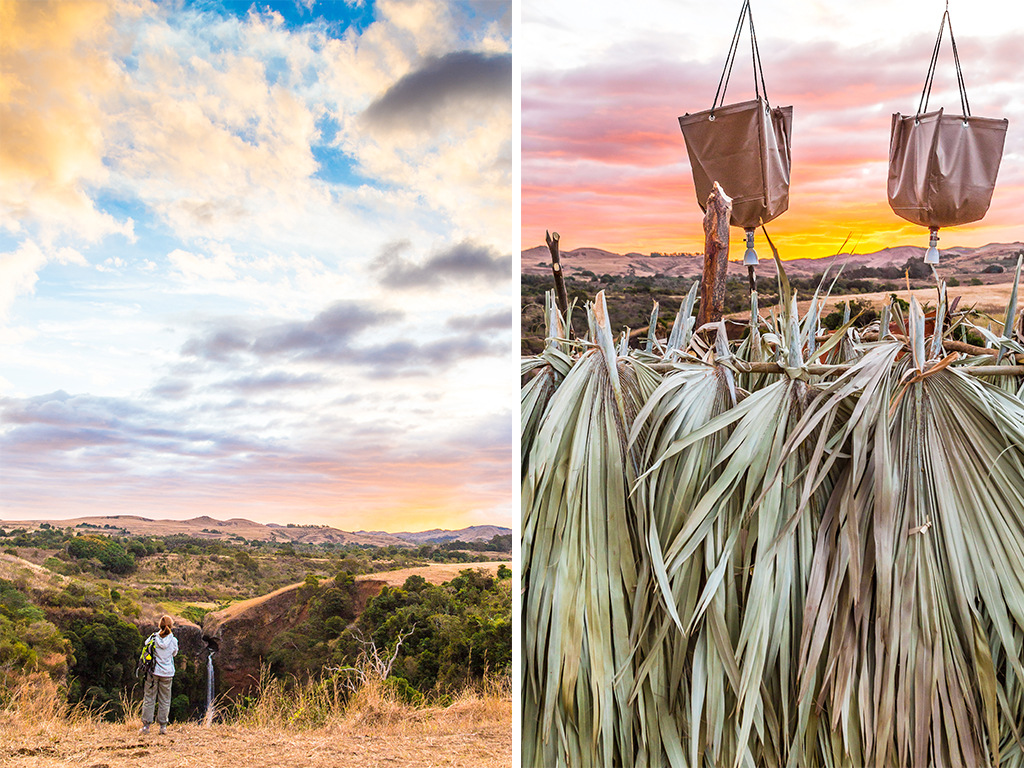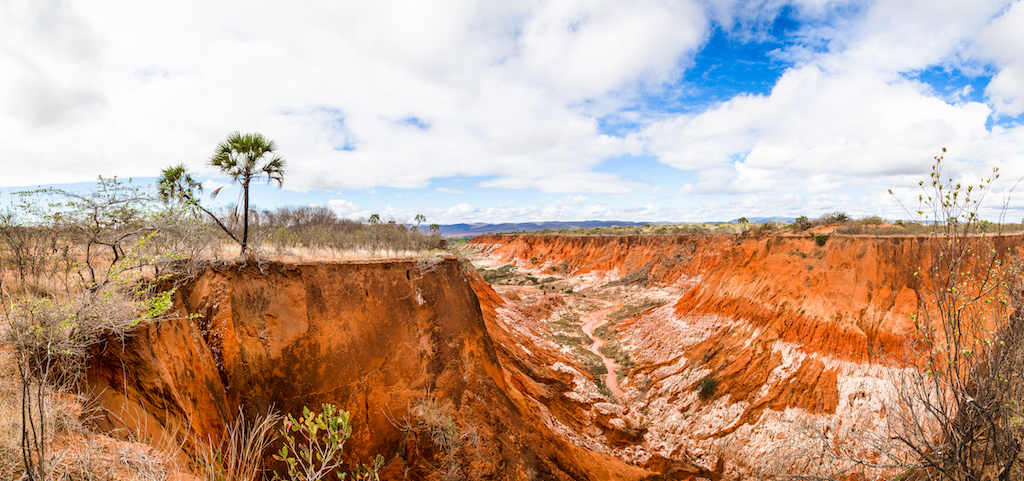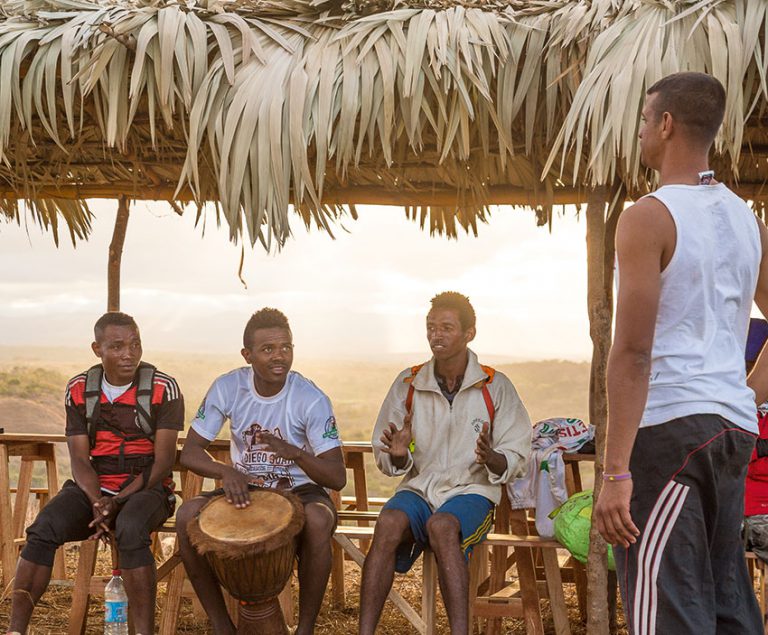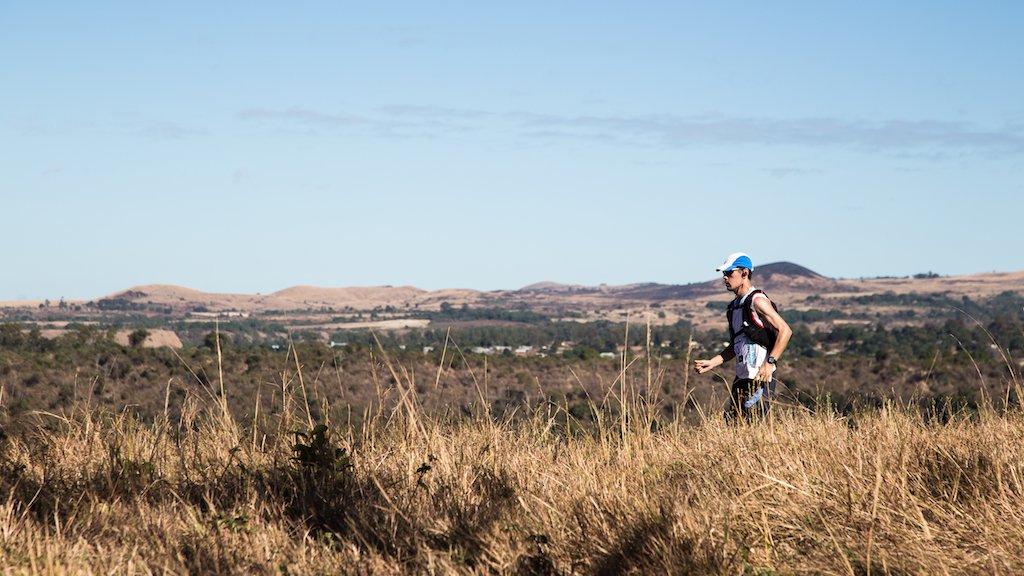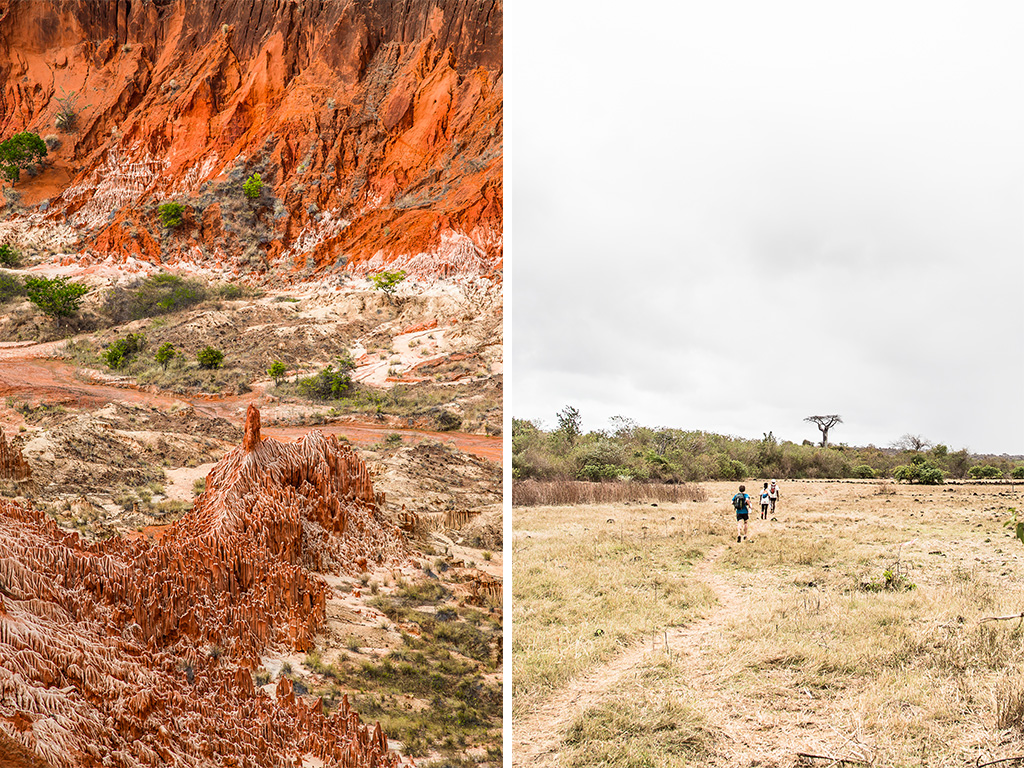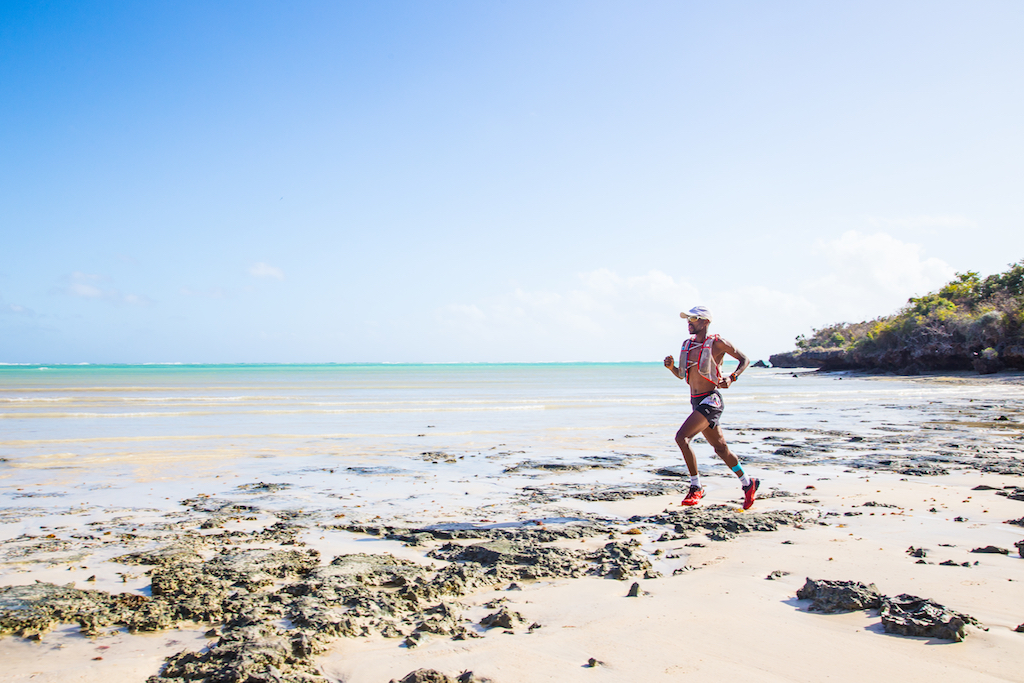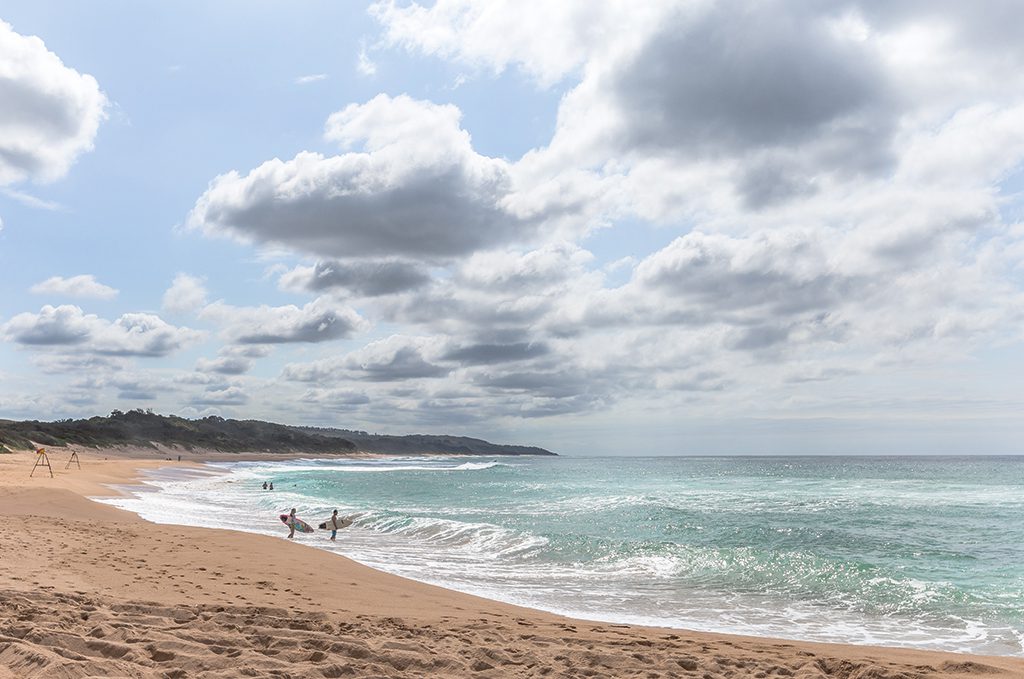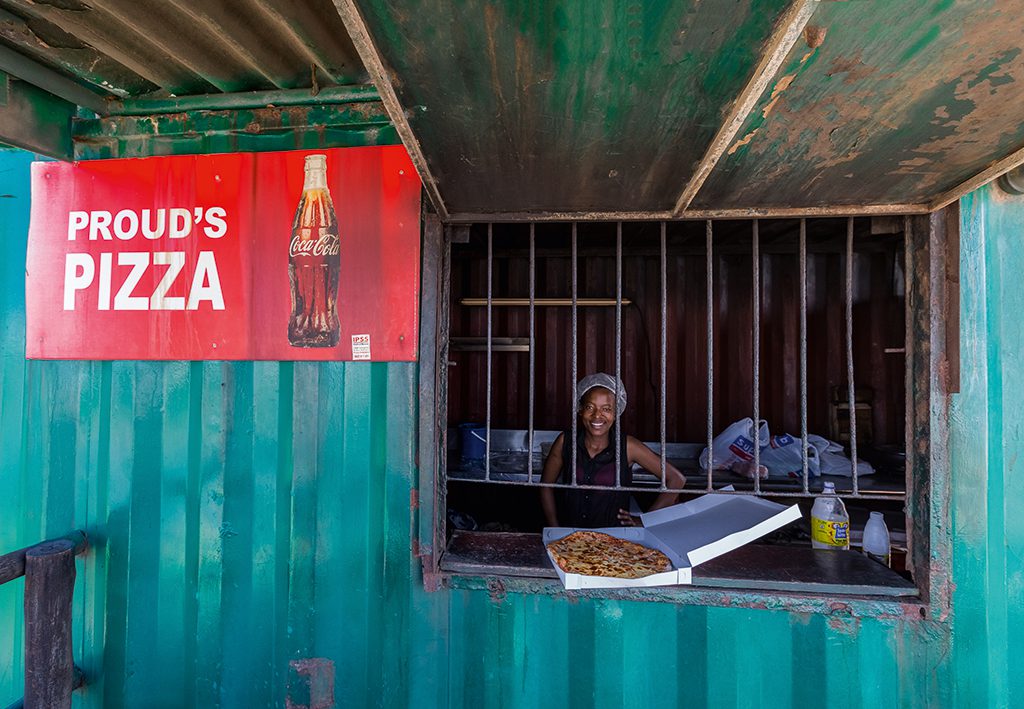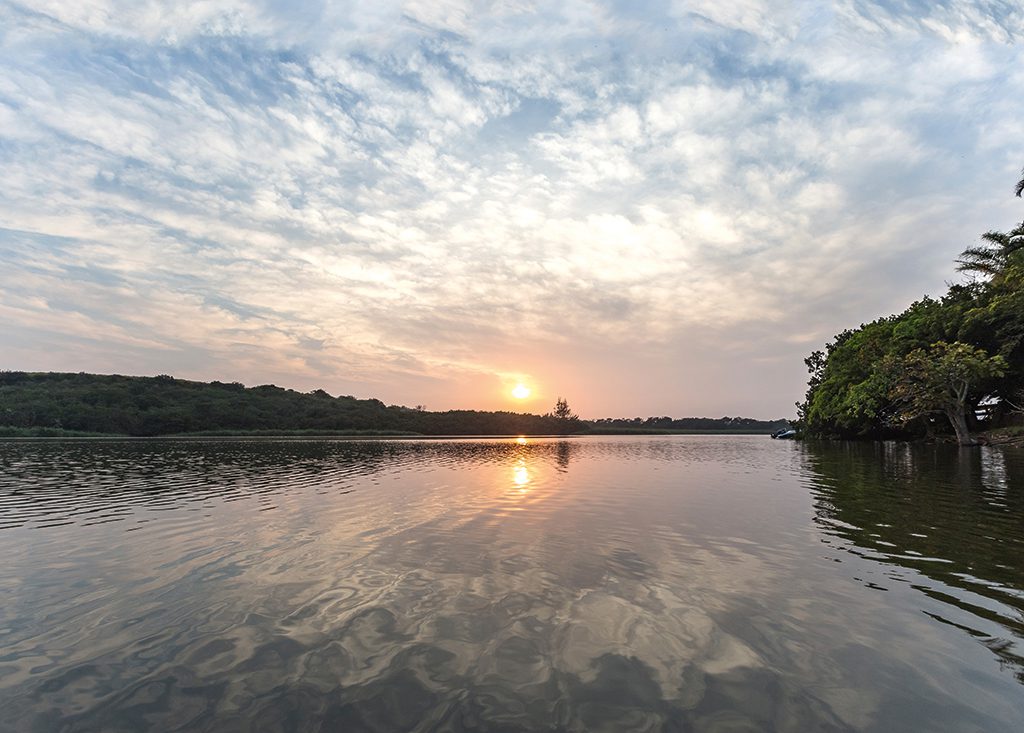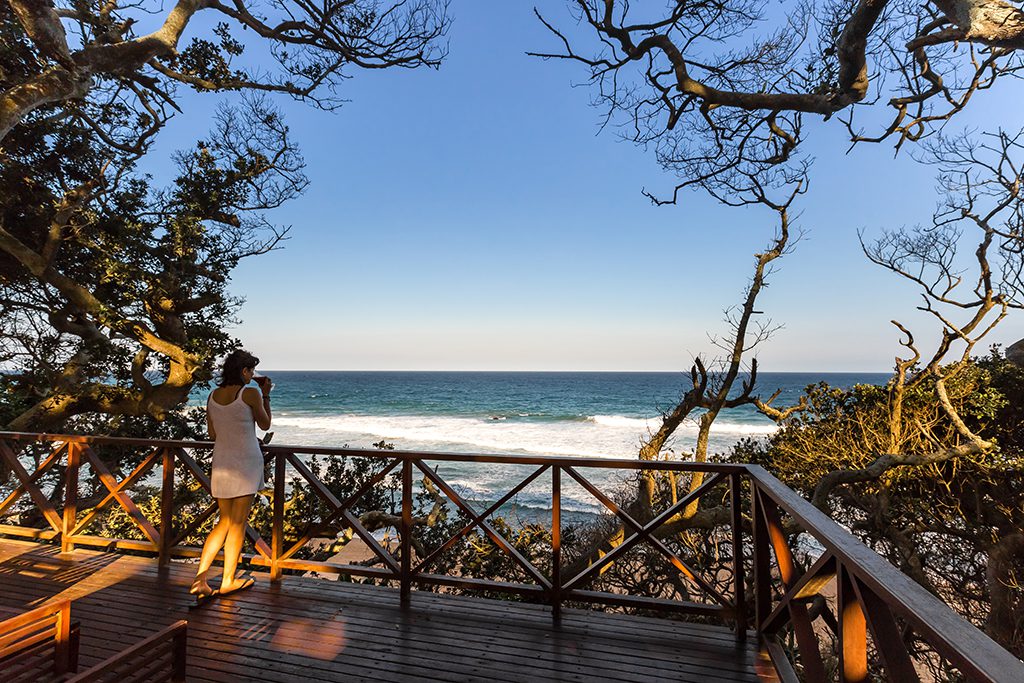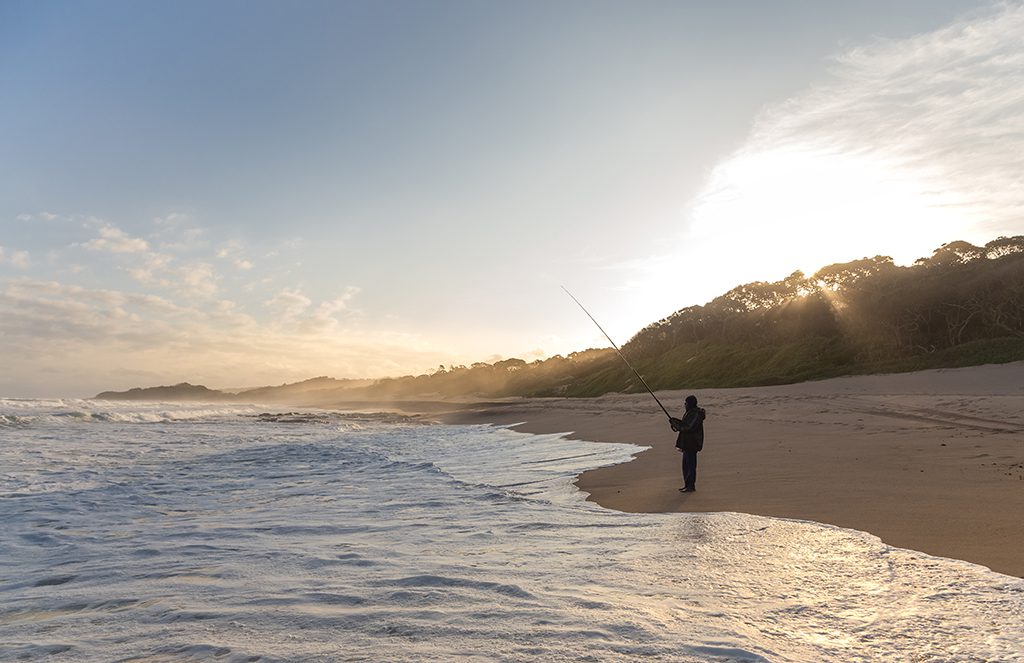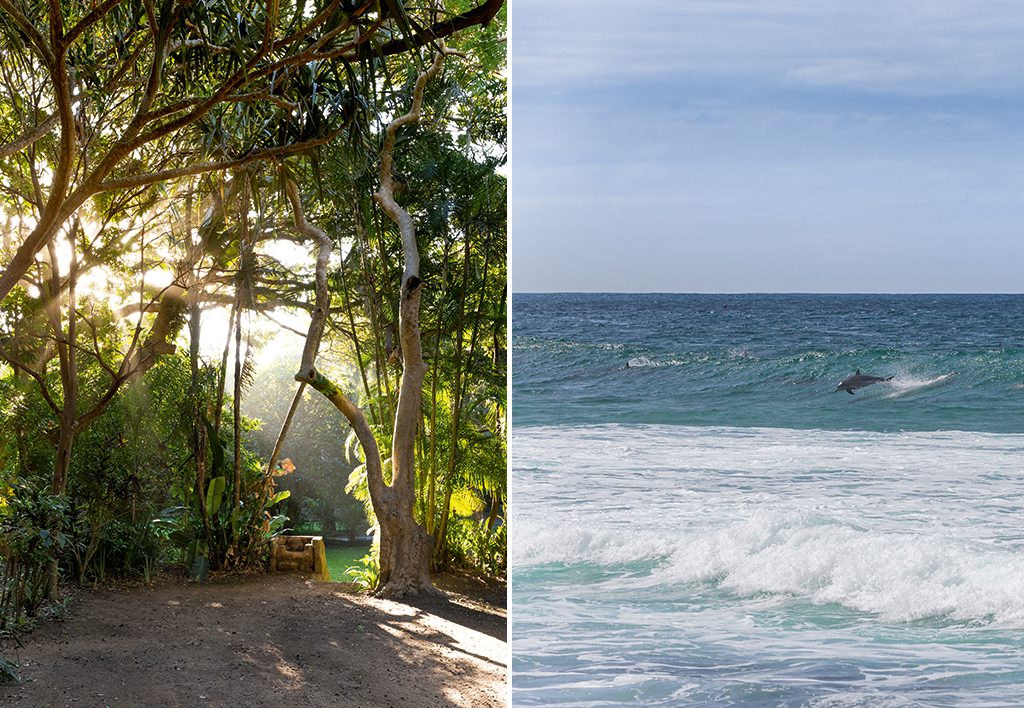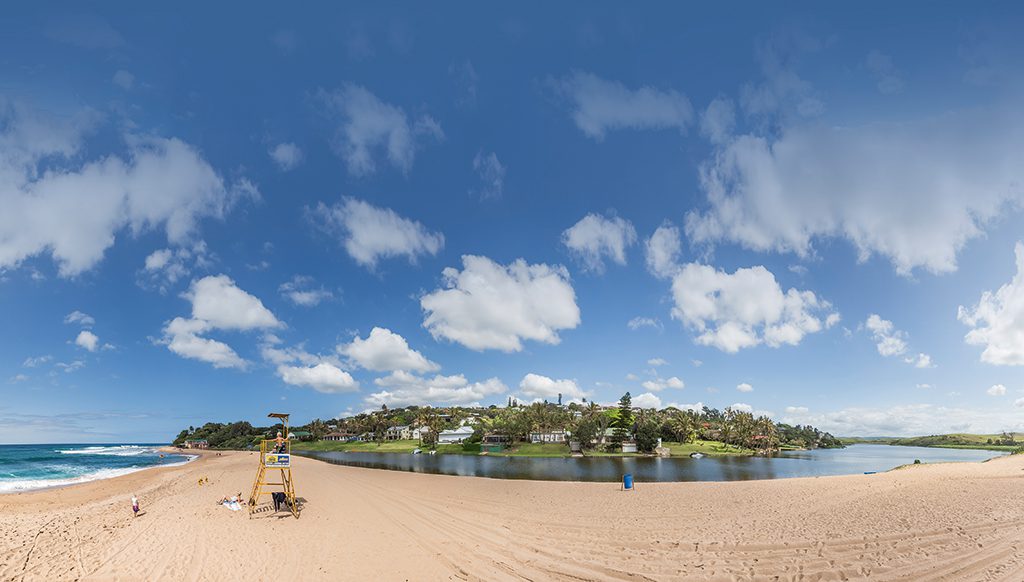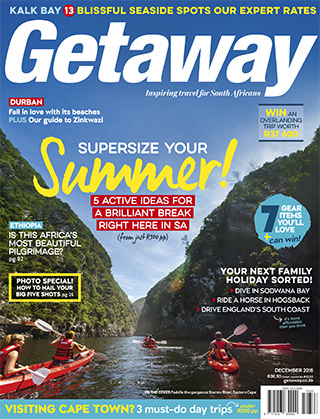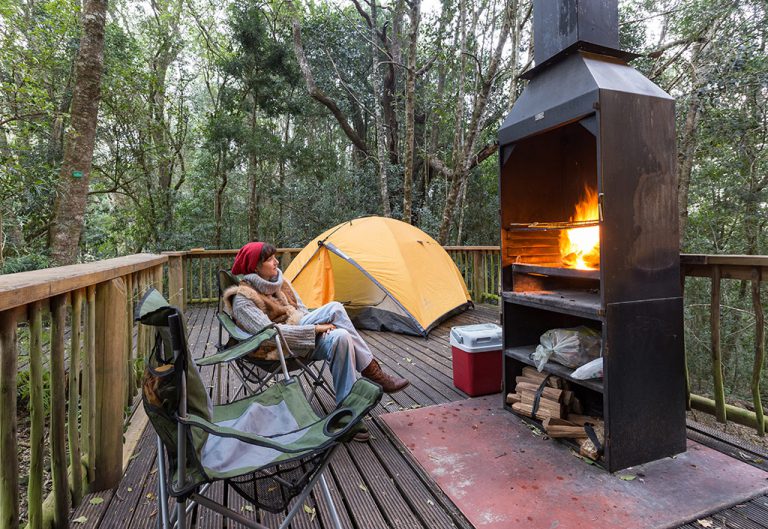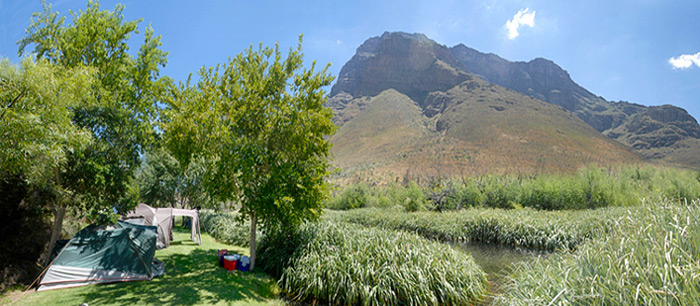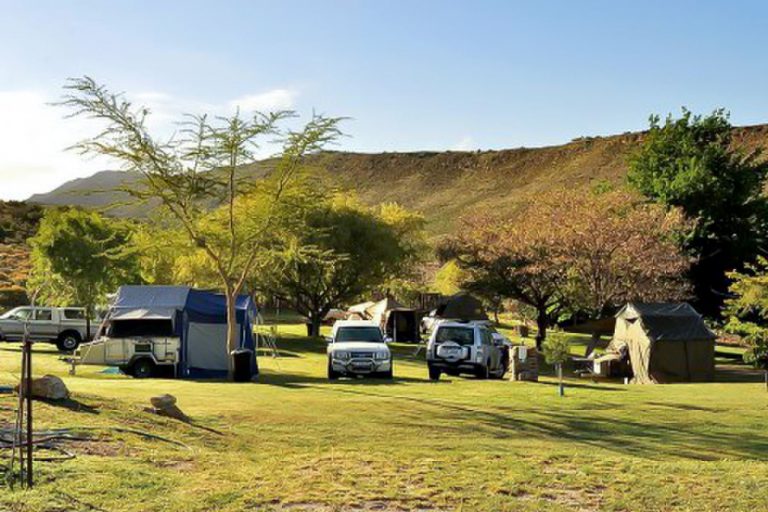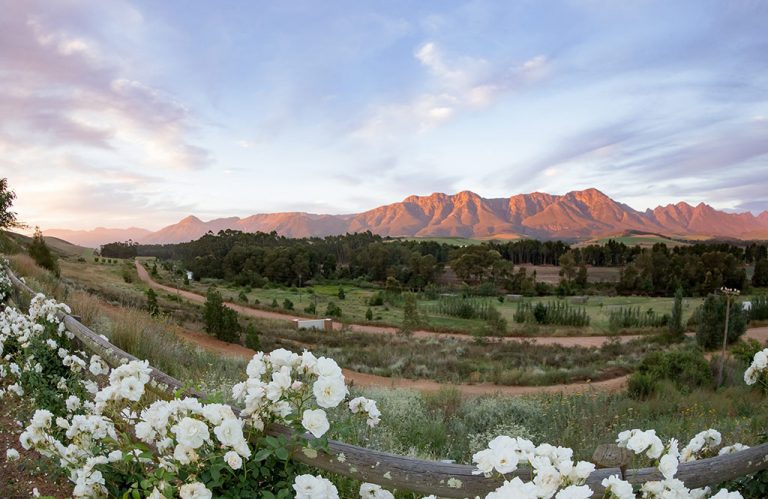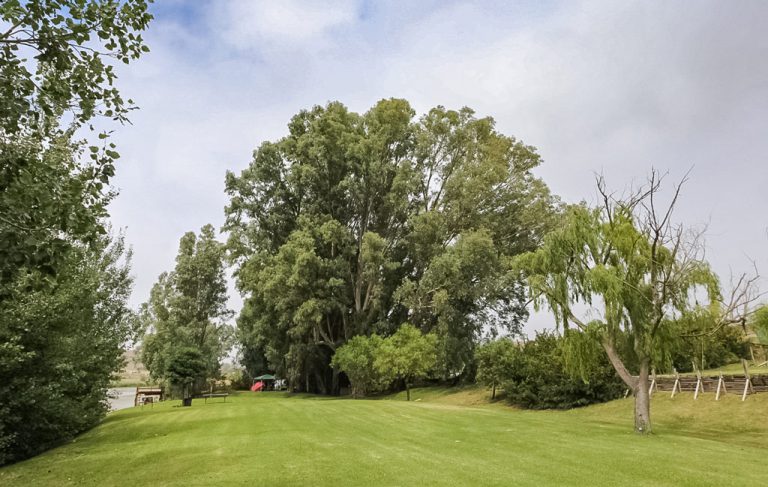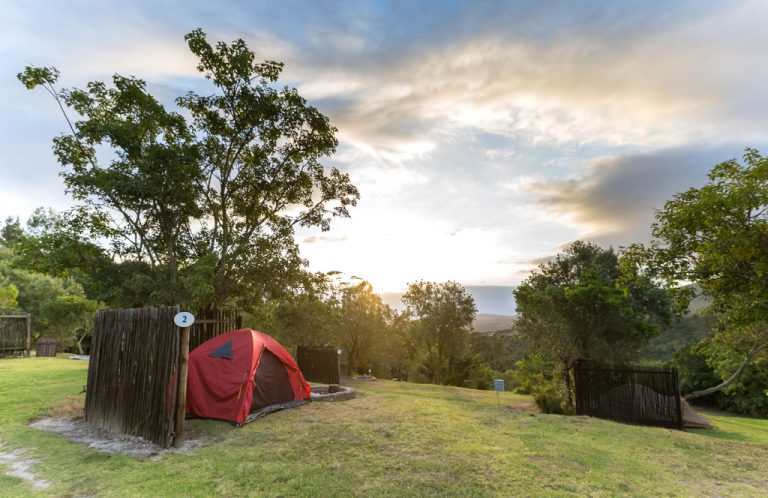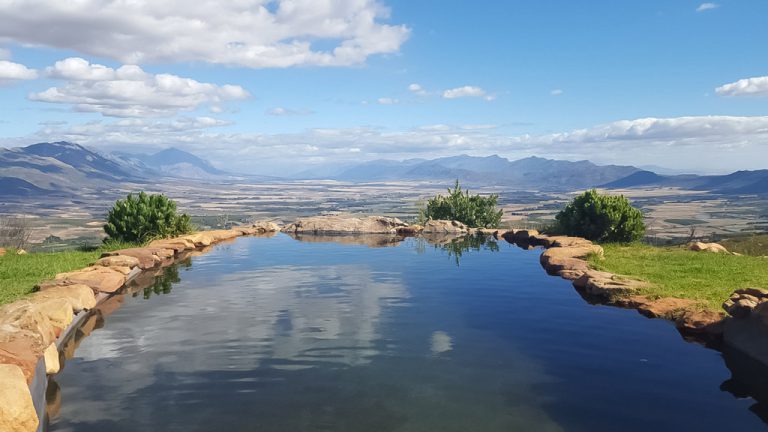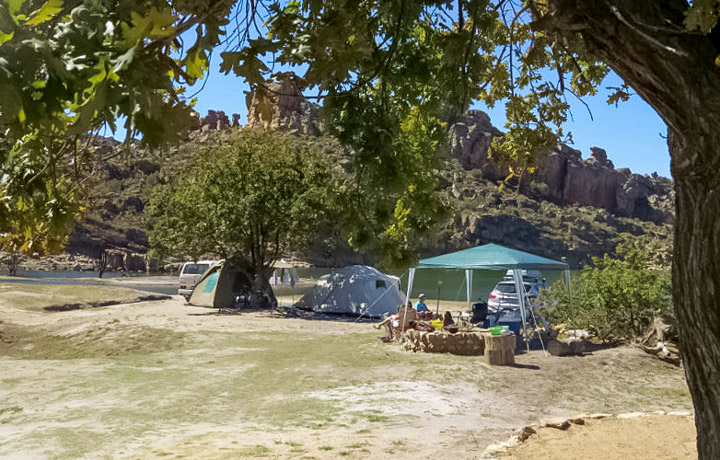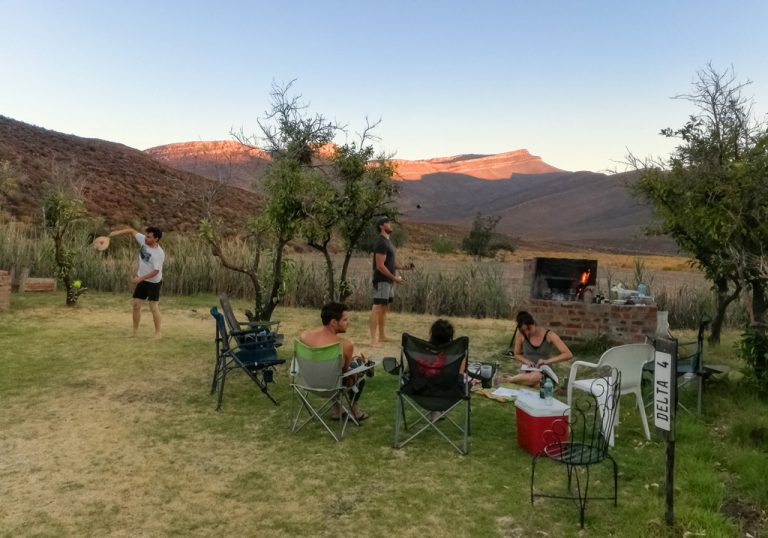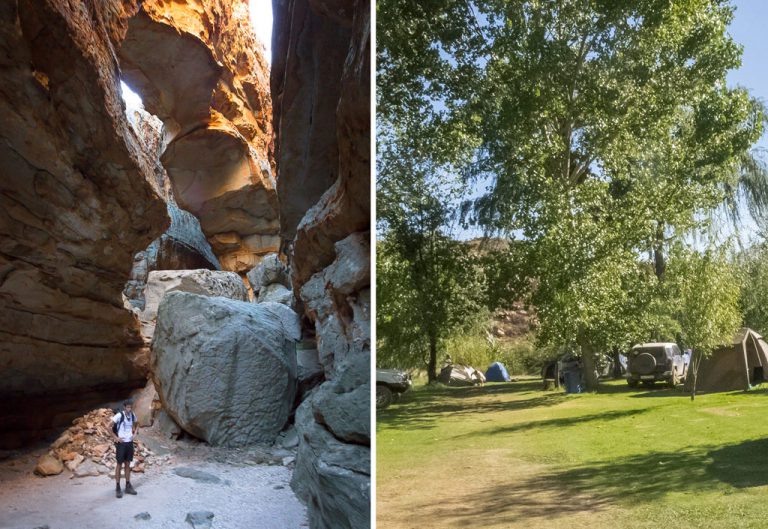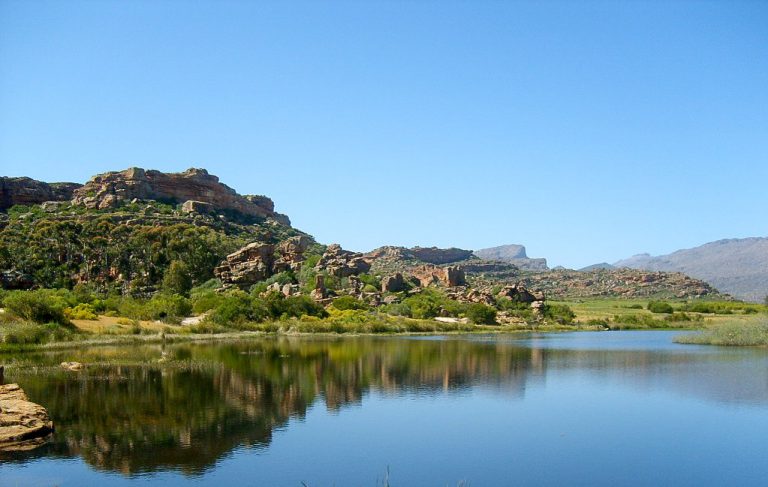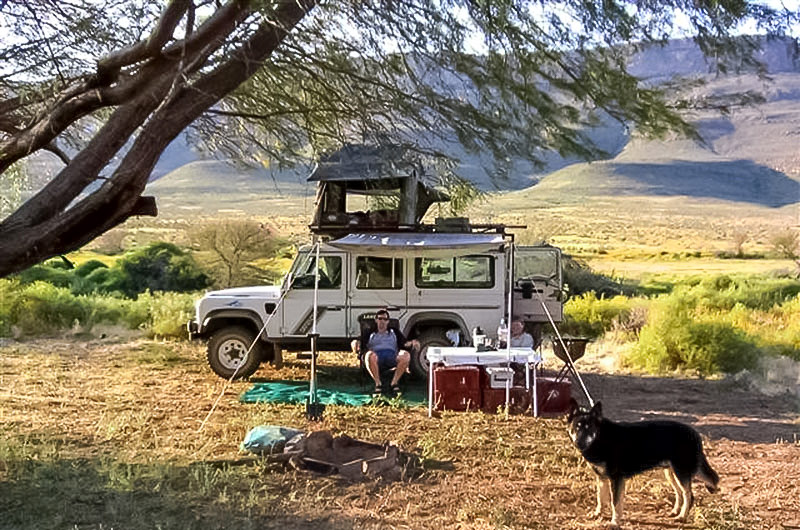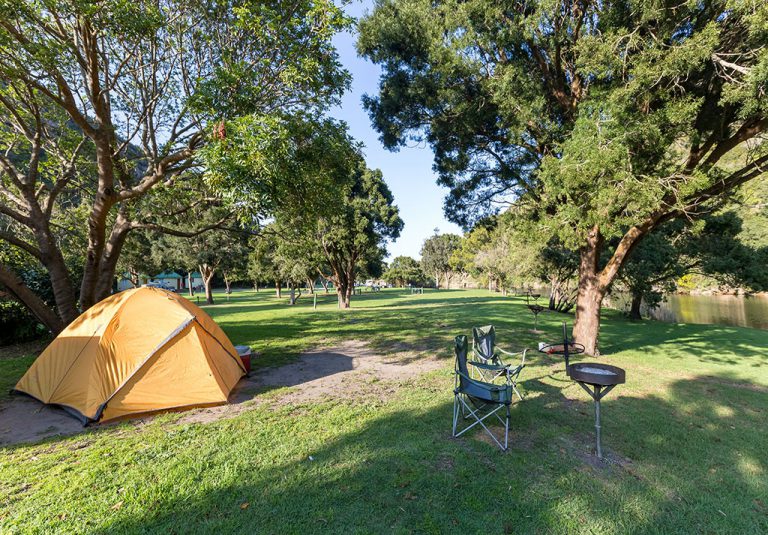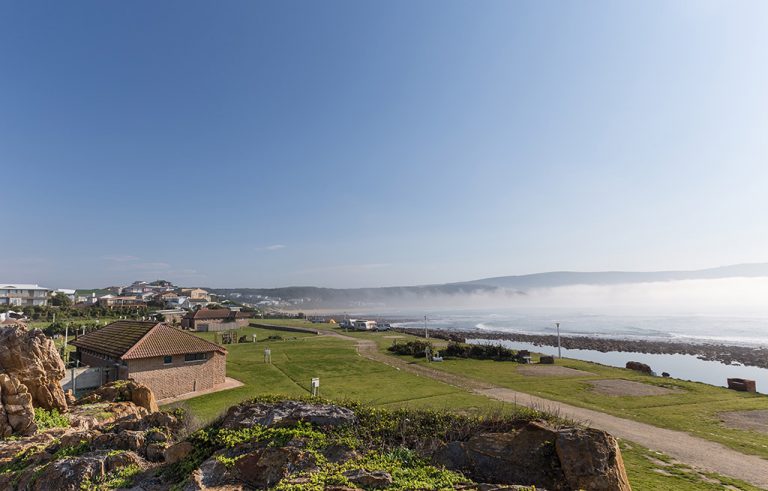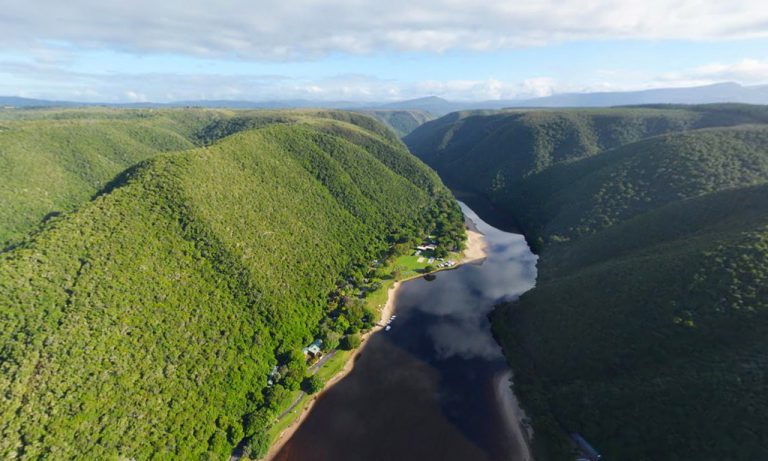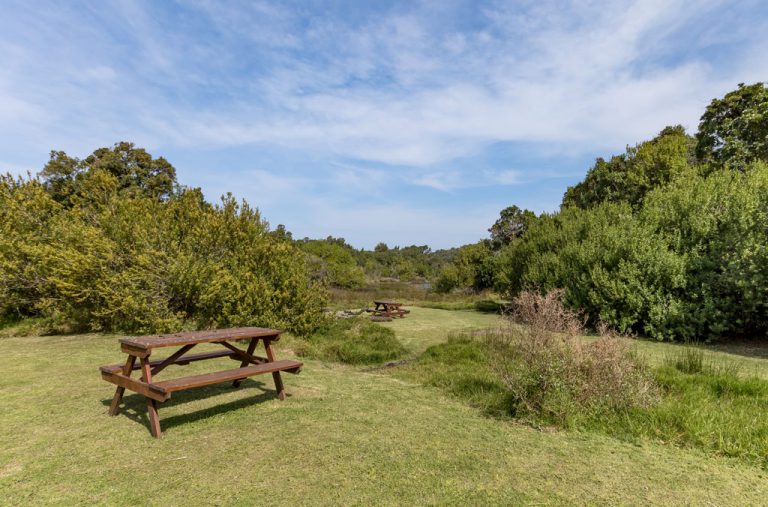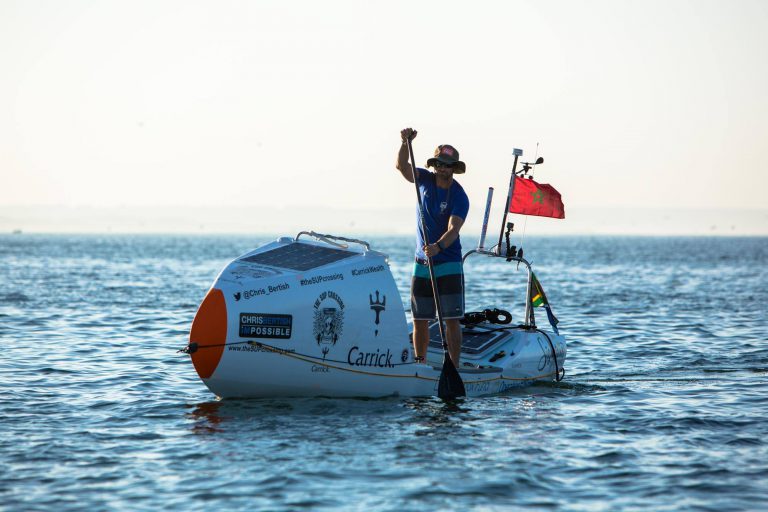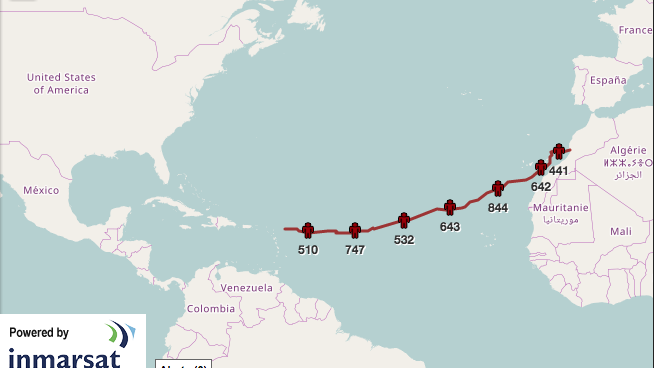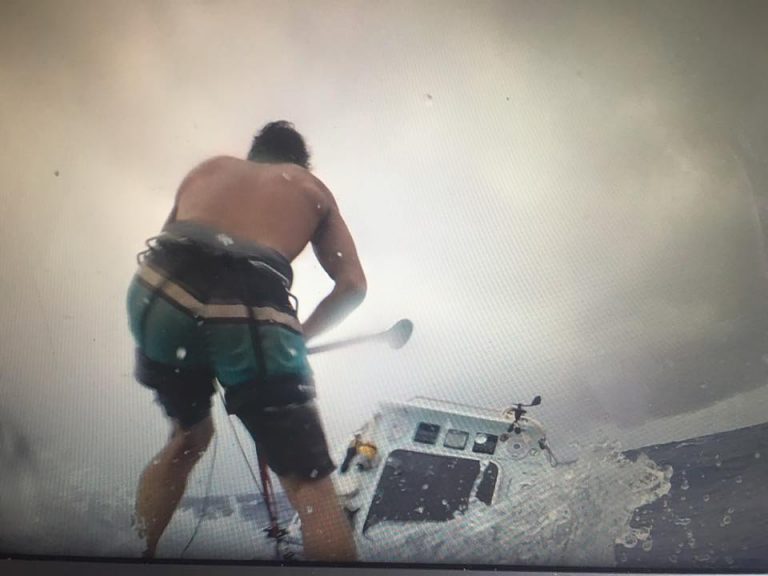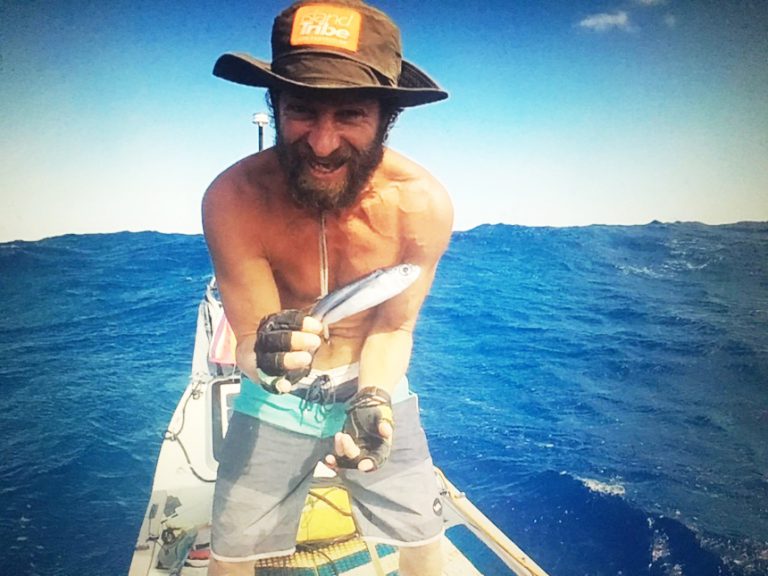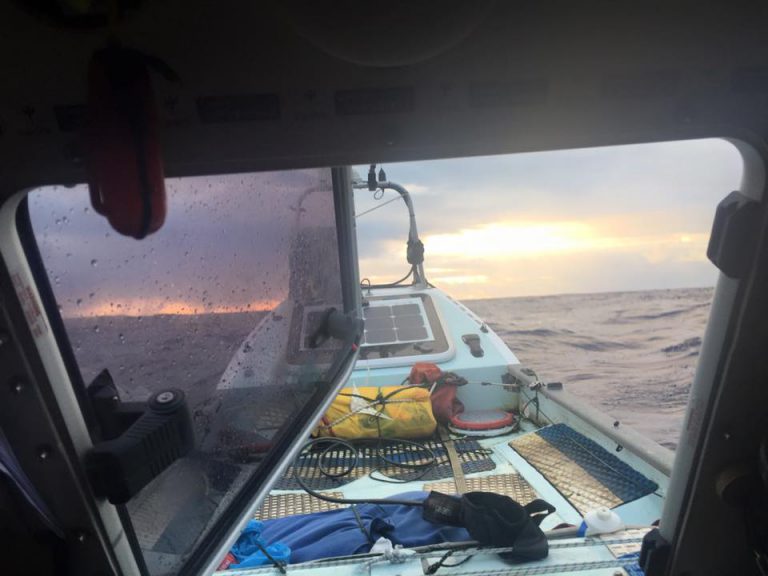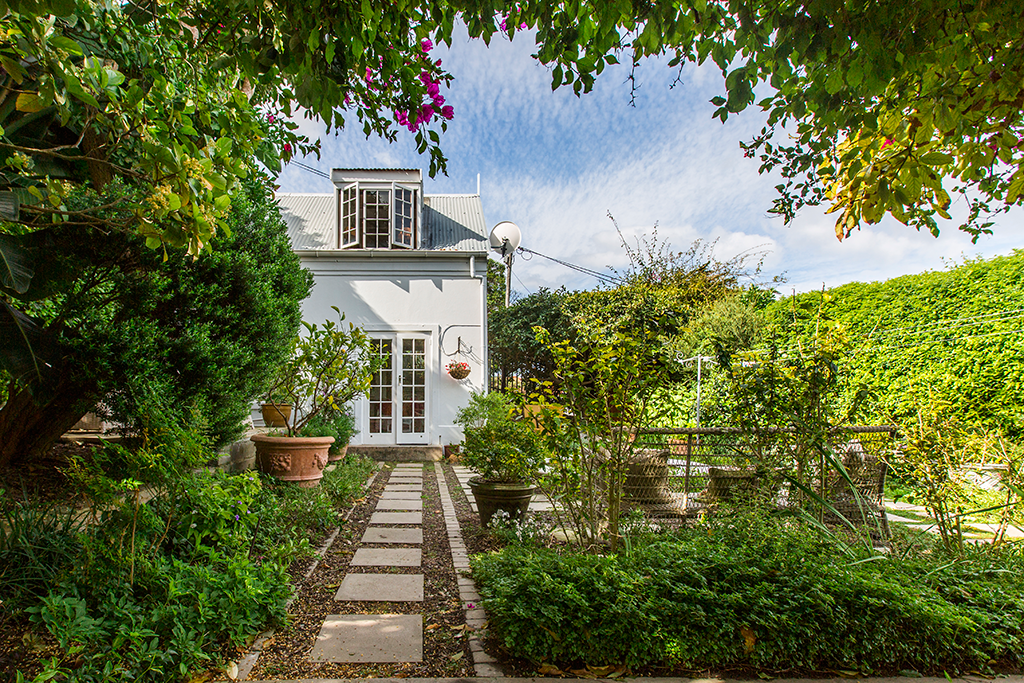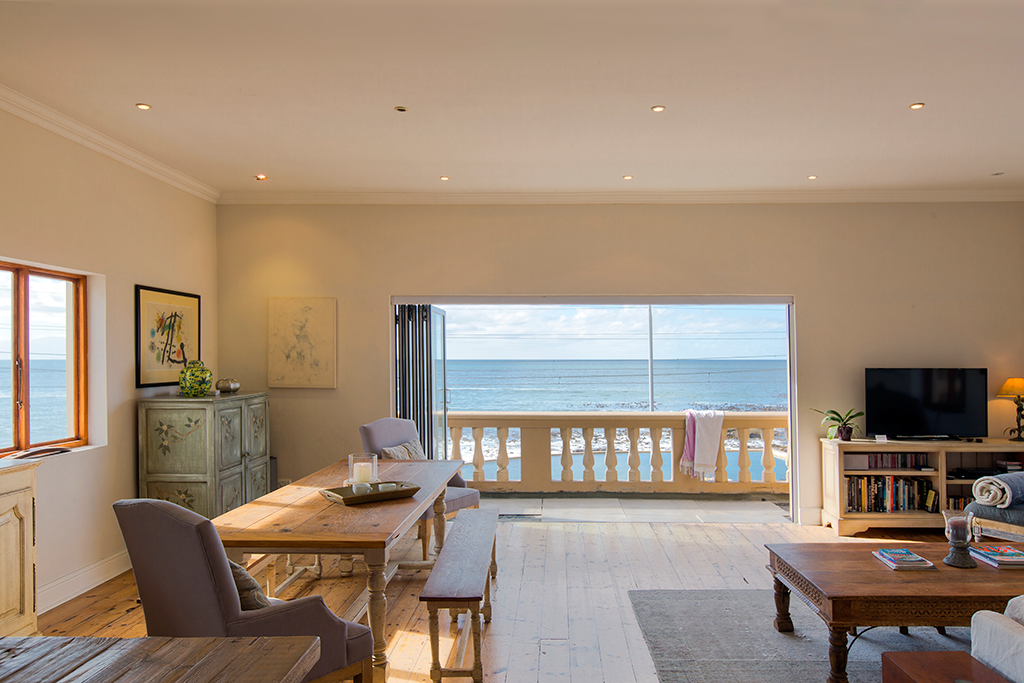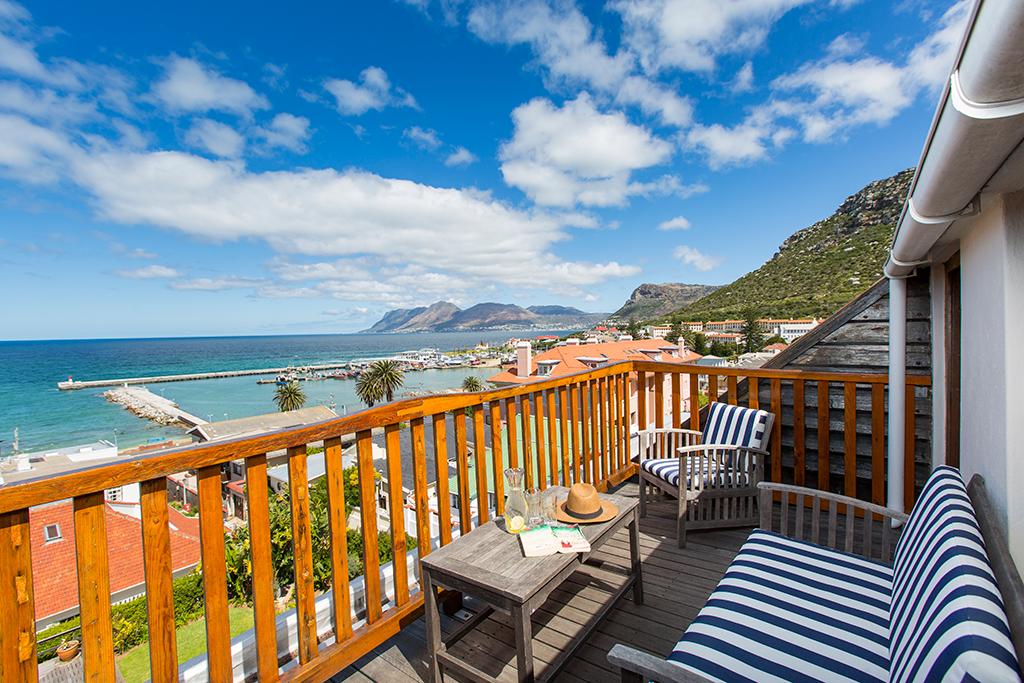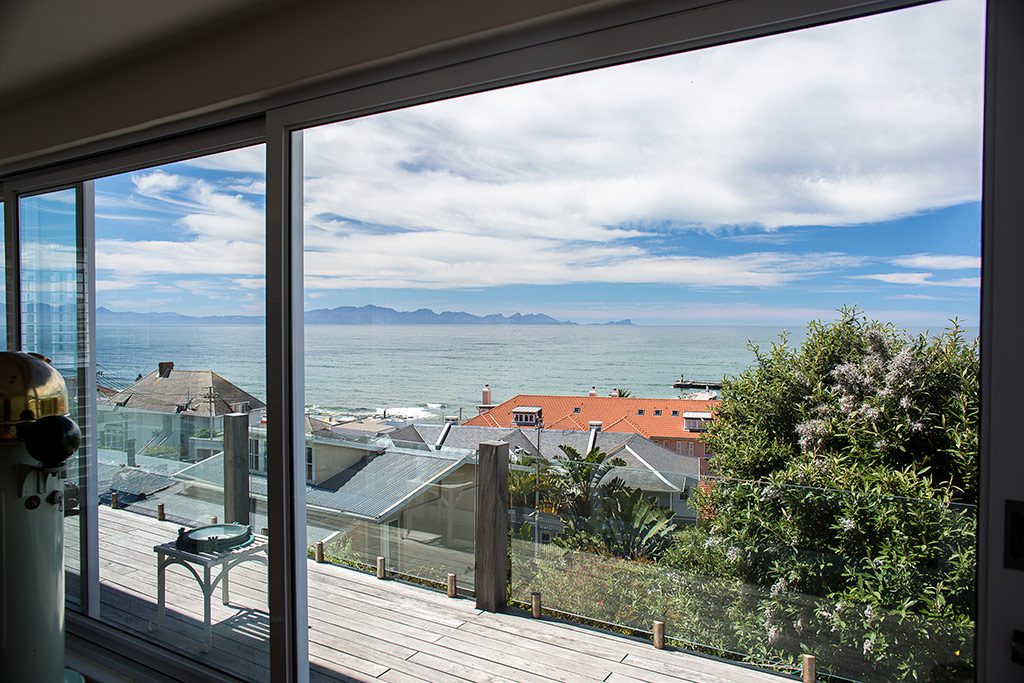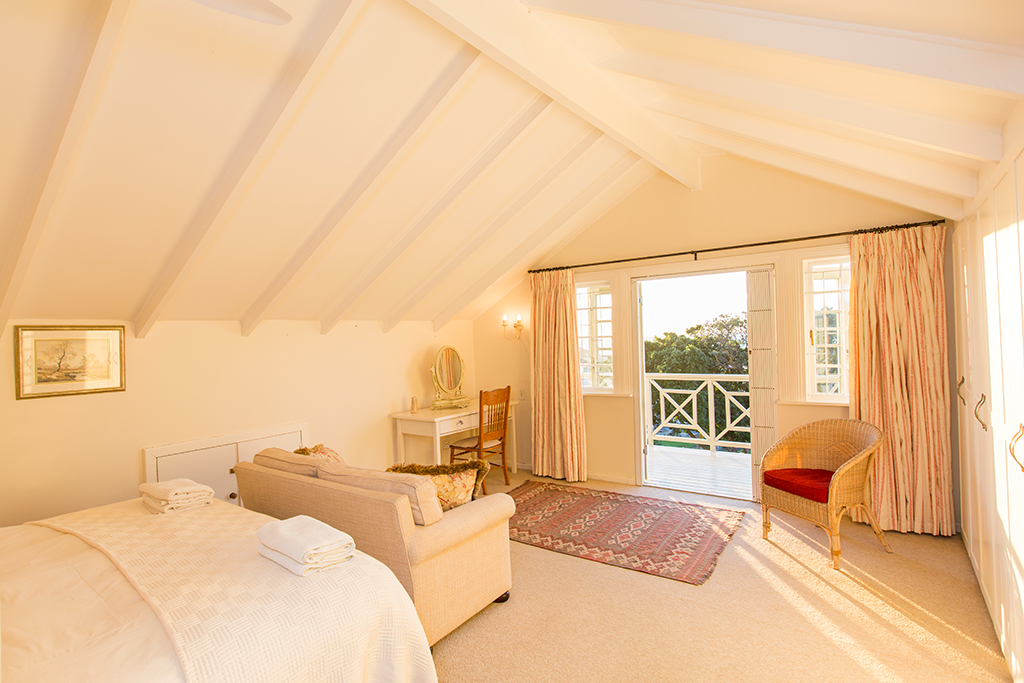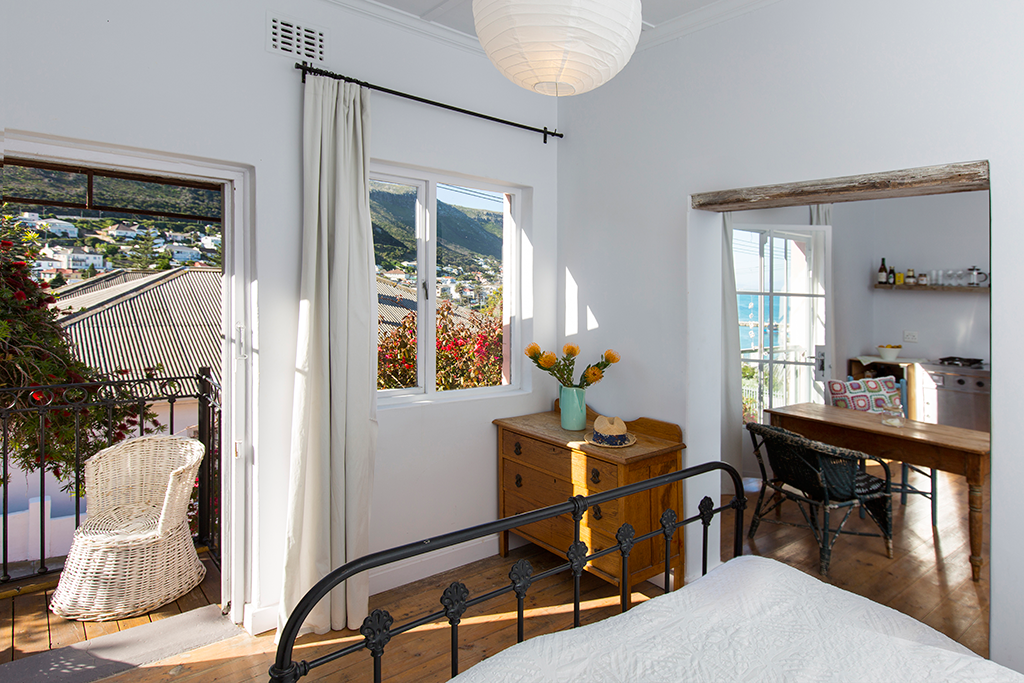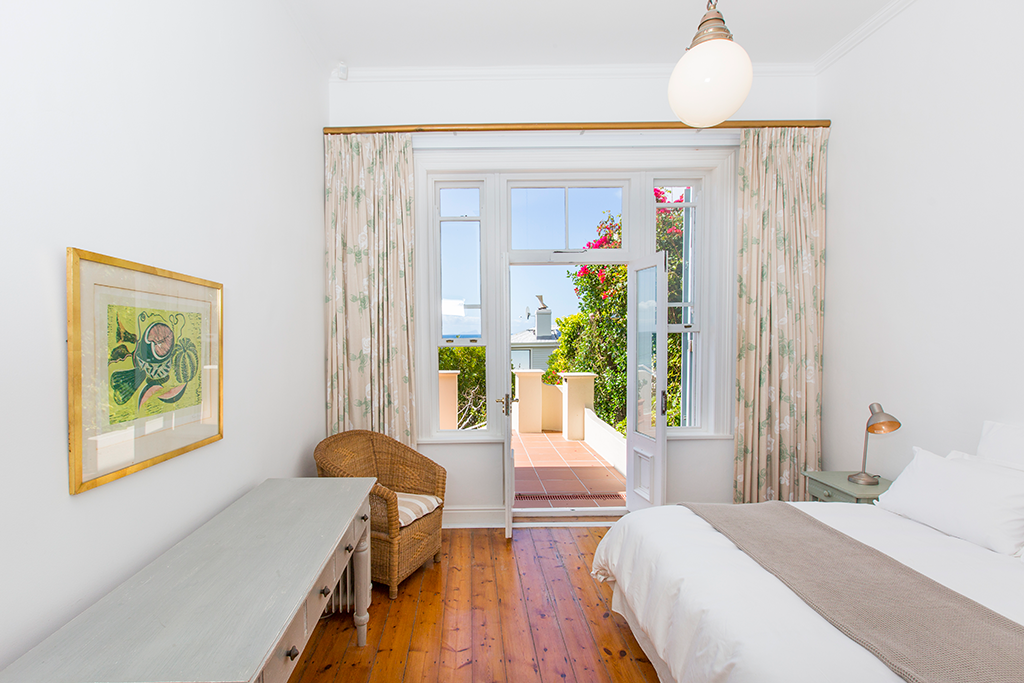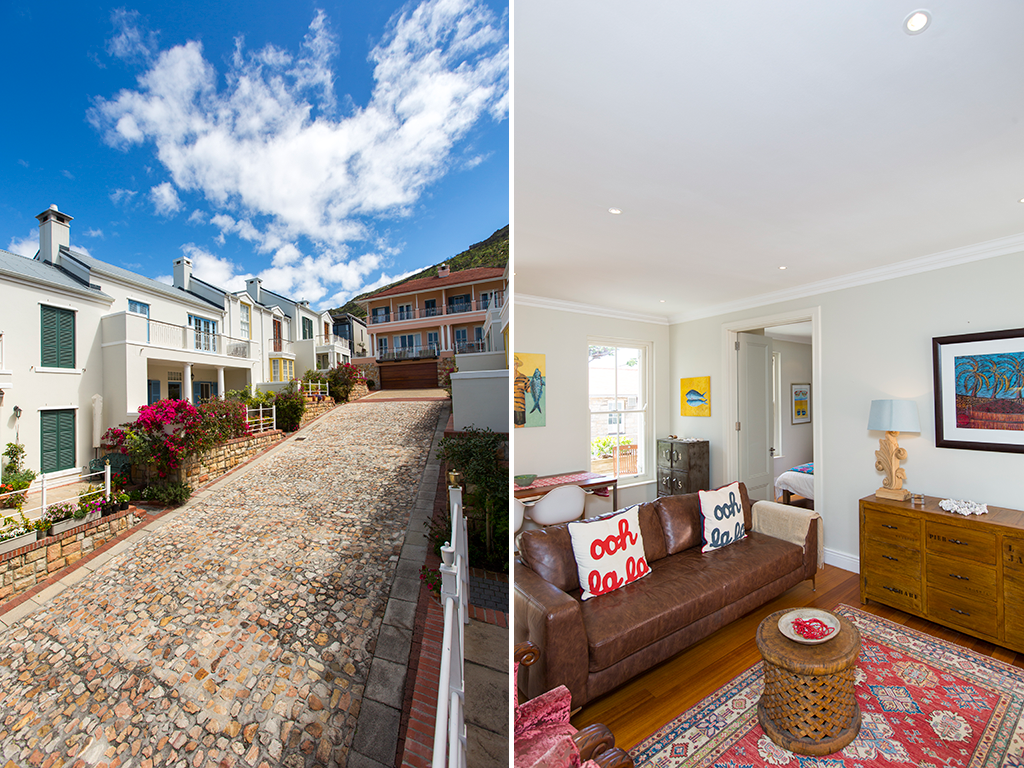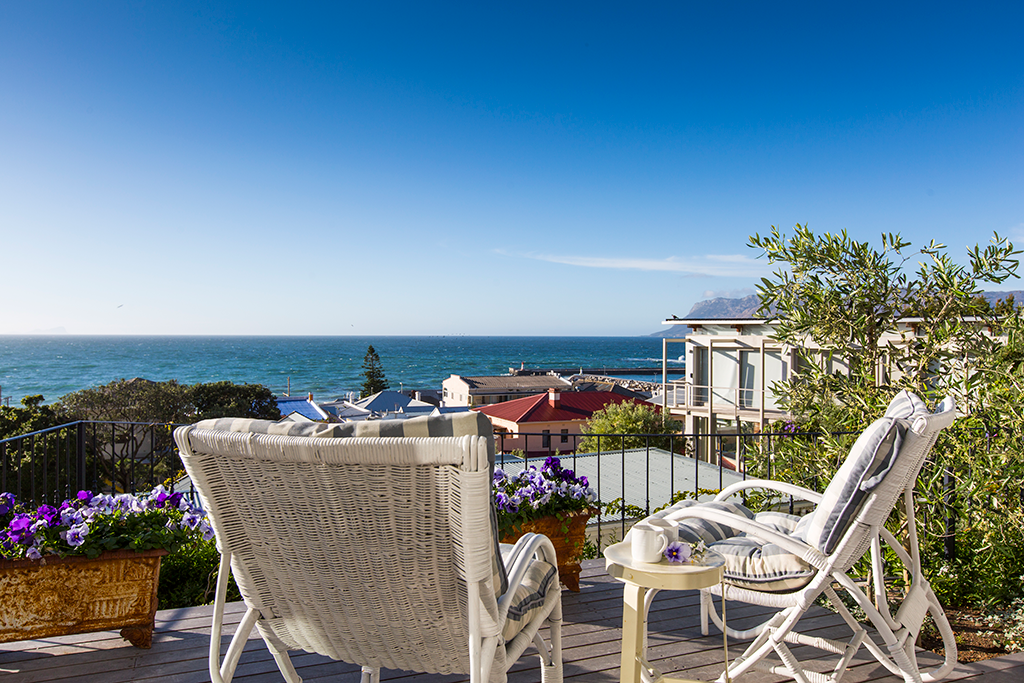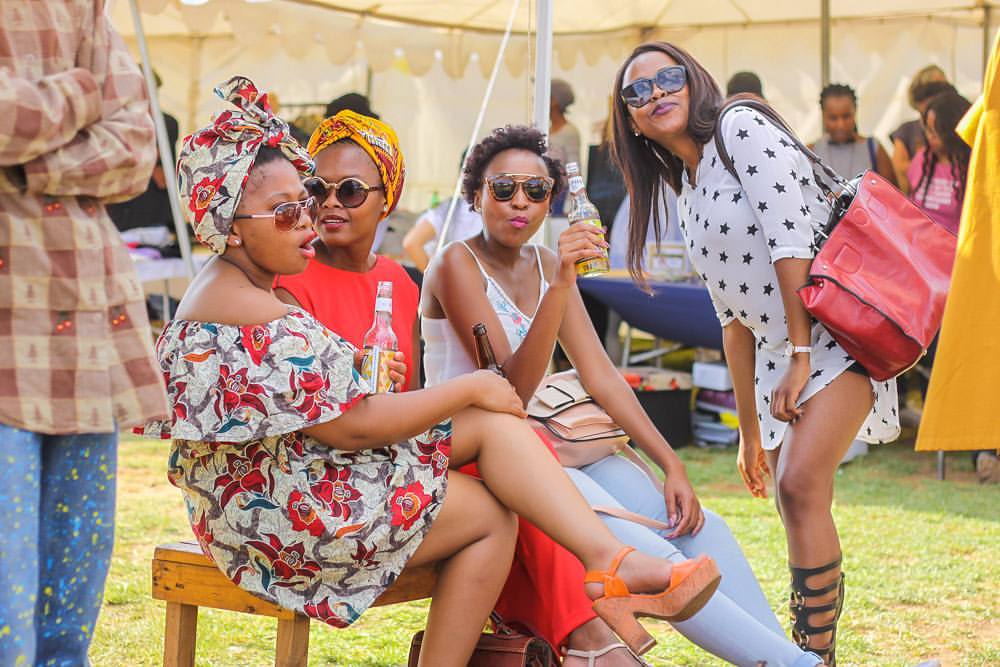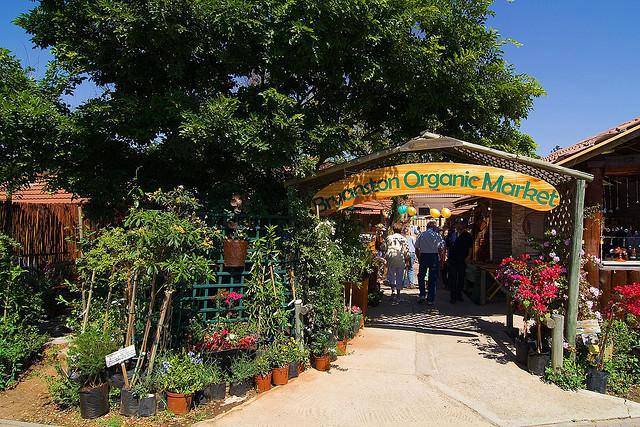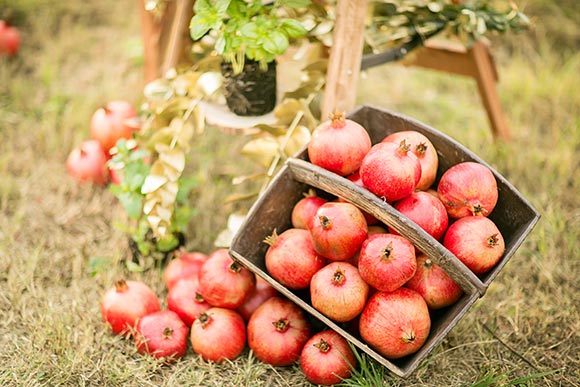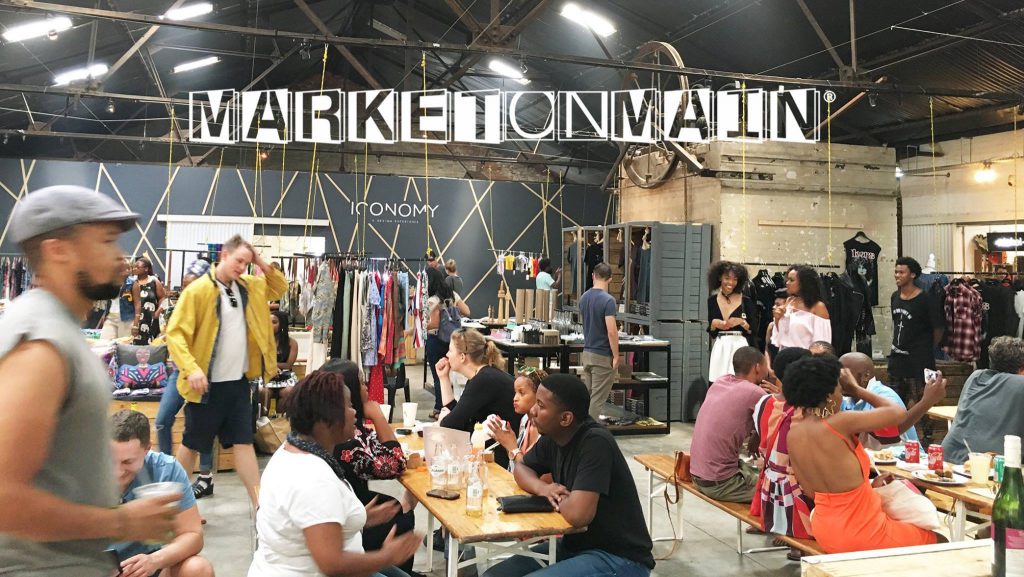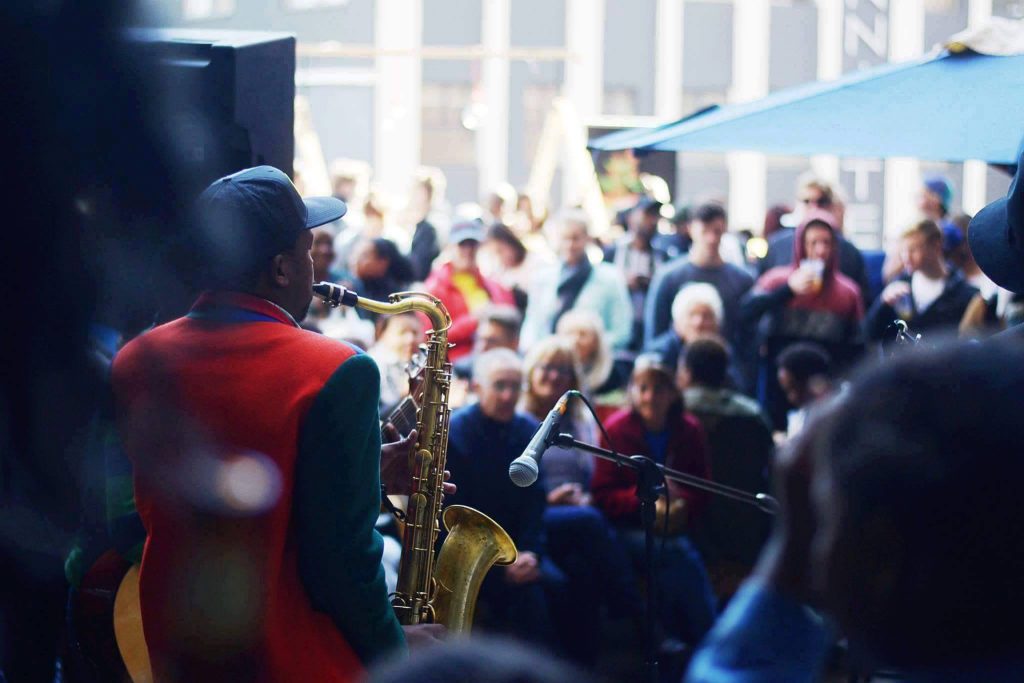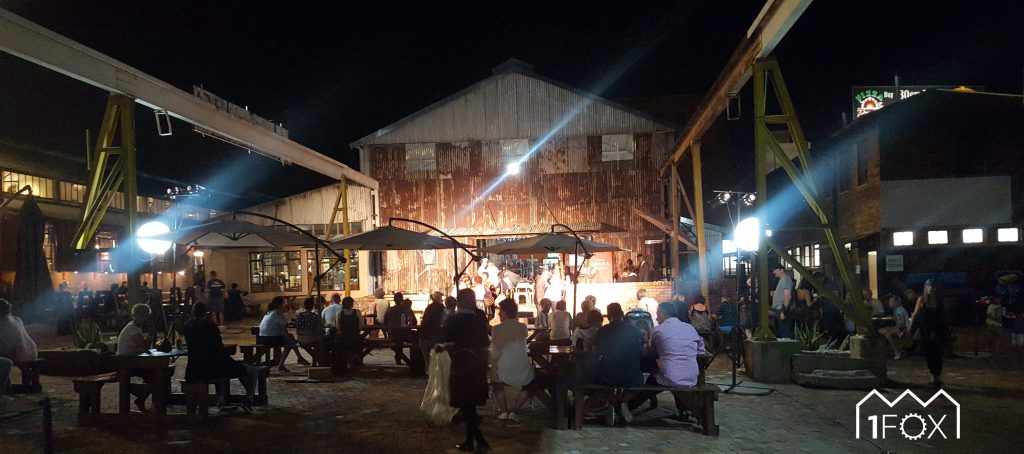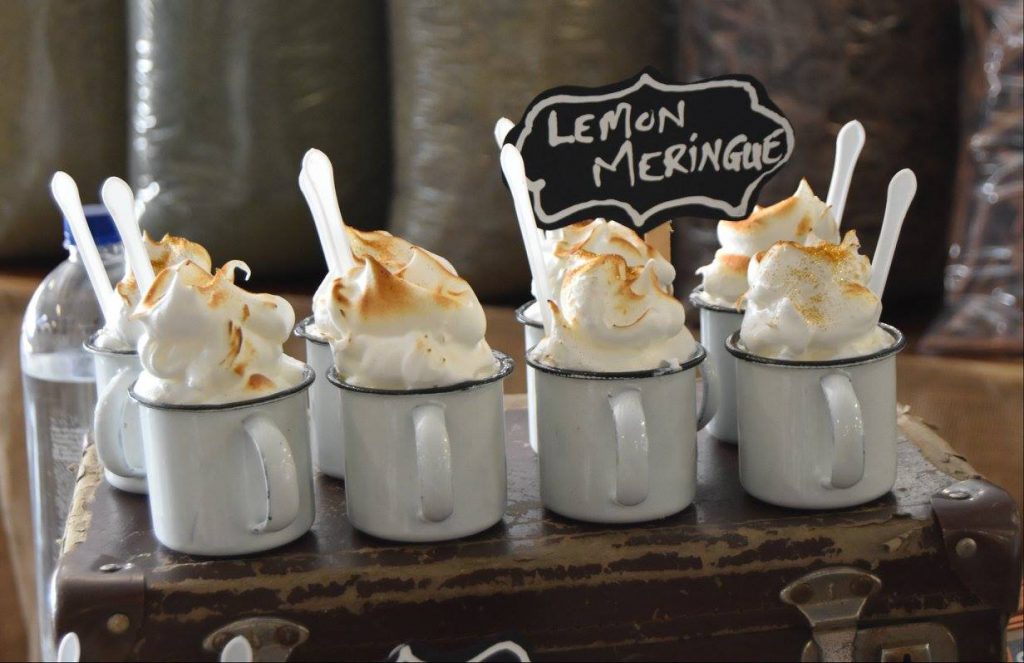
Thirteen shows, across six venues in just three days, will bring a vibrant vibe in the Braamfontein and Newtown areas in Joburg this March. The Johannesburg International Comedy Festival returns for a second take from the 10-12 March. The festival is already named, the biggest Independent International Comedy Festival in Africa.
Over 50 local and international comedians will grace the stages of the city of Joburg. Some of the categories for the festival are Comedy for Change, Stand Up for Africa, shows in vernacular and Downtown Comedy Jam. I had the opportunity to interview a few comedians who will be taking part at this year’s festival to find out what they are most looking forward to about the festival and poked their brains about travel and comedy.
1. Conrad and Chester Missing, South Africa

Conrad and Chester, the puppet political analyst. Image courtesy of Johannesburg International Comedy Festival
In your travel and comedic ventures – which country do you find that has the most humours citizens?
Definitely South Africans! Our politics creates the humour by miles. Have you seen our politicians? They were arguing in parliament the other day about who was making a ‘meow-ing’ sound.
If you could be anywhere in the world right now, where would it be?
I would time travel to the Johannesburg International Comedy Festival between the 10-12 March in Braamfontein and Newtown.
What about the Johannesburg International Comedy Festival are you most looking forward to?
I’m looking forward to having International comedy mixing with local geniuses.
You and Chester travel a lot. What are some of the travel essentials you never leave behind?
Chester is my travel essential. I never leave him behind. He is the guy who literally lives in a suitcase.
How has travelling influenced the way you portray comedy?
We speak to a lot of people around South Africa and all over the world. Being able to appeal to different cultures and mindsets is intrinsic to what we do. It’s the core of what we do. A lot of our shows are travel based. The show called Puppet Guy that was at the Baxter Theatre in Cape Town this past September is about Chester’s bag that went missing. Chester went missing on a flight while we were coming back from Montreal, Canada. We were on Air France and Chester was tweeting from his bag. Air France thought they had lost a person. Eventually, the French Embassy apologised to Chester on Twitter. Now, that’s a travel story!
Which parts of the world have you had some of your shows?
We’ve performed all over– Australia, Montreal, London, New York and around Africa.
2. Robby Collins, South Africa

Young comedian and actor Robby Collins will set the stage in the Downtown Comedy Jam category. Image courtesy of Entertainment Online
In your travel and comedic ventures – which country do you find that has the most humorous citizens?
I’d probably say South Africans to be honest. I know most of the country and our culture as South Africans teaches us to look on the brighter side of things because of our heavy past. South Africans are able to laugh at things a lot more than many people I’ve met around the world.
If you could be anywhere in the world right now, where would it be?
Definitely New York! I would be able to work and play. Every comedian wants to go to New York. There are comedy clubs on every corner. It makes sense, to be able to have a good time in New York, while I work.
What about the Johannesburg International Comedy Festival are you most looking forward to?
I did the first JICF last year, and it was a great success. I’m interested in seeing it grow. This year, bigger acts are being brought into the country. Something special is about to happen, with the big group of local and international performers. You learn so much because everyone has something to bring to the table.
What are some of the travel essentials you never leave behind?
My Nivea Spray, I love it!
How has travelling influenced the way you portray comedy?
When you’re travelling around the world, language can be a barrier for different audiences. Comedy isn’t like music, where a melody or the rhythm can get a point across. A comedy audience wants to understand what you have to say. I am fortunate, that the countries I have performed at, English was the predominant language. Sometimes, you can perform in a country that isn’t predominantly English. I have a friend, who performed in Switzerland and Hong Kong who had translators, translating his show. People would stare at him and once the translation was done, the crowd would laugh 20 seconds later. It changes with every crowd, you perform for. In South Africa, English isn’t the first language for many but the cool part is with every show you learn something new. You can deal with a staunch Afrikaans audience or a staunch Zulu audience and that is how our set grows. It makes you more universal and approachable as a performer, especially in those different kinds of situations.
Which parts of the world have you had some of your shows?
I’ve performed all over South Africa and recently in Montreal, Canada.
3. Jason Golaith, South Africa

Jason Goliath is excited about the Johannesburg International Comedy Festival as much as we are. Image courtesy of Johannesburg International Comedy Festival
In your travel and comedic ventures – which country do you find that has the most humorous citizens?
Very interesting question! All countries have their own unique spin but in terms of my experience of countries I have been to, South Africans are definitely the funniest. I’ve been to Argentina, Holland, France and Canada. All the countries have funny quirks about them, but South Africa seems to always be a little bit of everything because we don’t take ourselves too seriously.
If you could travel anywhere in the world right now, where would it be and why?
New York! I’ve never been but it’s comedy mecca. At the moment, it’s every comedian’s dream to play in New York. I haven’t had the opportunity to play yet, but I think it’s more that I’ll love it and I’ll never want to come home.
What is the one travel essential you never leave behind?
Imodium. The thing about travel is, different food and different water can have an effect on one’s constitution. In order to never waste a day abroad, I always make sure I pack Imodium with me.
What about the Johannesburg International Comedy Festival are you most looking forward to?
Based on last year’s festival, I love the fact that this year’s festival is a street festival. The big festivals around the world are known to do take-overs in small parts of the city. JICF got it spot on by being in Braamfontein. It’s a great place to park your car and hop from comedy show to comedy show. There’s always a great buzz on the street. I’ve performed at a couple of festivals internationally and JICF is definitely up there from a professional point of view. It is so well managed and makes you feel like you are in New York.
How has travelling influenced the way you portray comedy?
Travelling surprisingly hasn’t had too much of an impact on the way I portray comedy. I like to localise what I do. I often speak about the city I’ll be performing in. South Africa is unique when you travel to many first world countries because most of their content is similar. First world countries, you will find their stories are the same. They have similar rhythms. In South Africa, we come from diverse backgrounds, with history and pain in our sub-cultures. South African comedy is strong, that’s why guys like Tats Nkonzo, Loyiso Gola and Trevor Noah do so well abroad. It’s not easy for South Africans to be influenced by International Comedy, we have our own style.
4. Jessica Michelle Singleton, The United States of America

Comedian Jessica Michelle Singleton, will be gracing the South African comedy stage for the first time.
In your travel and comedic ventures – which country do you find that has the most humorous citizens?
I’ve been travelling a lot in the last year, it’s interesting to learn that many places have their own kind of humour. Many of my favourite moments have come out of the UK. Arguably, anywhere you go people have a good sense of humour. Comedy is universal, it is just about what people find funny.
If you could travel anywhere in the world right now, where would it be and why?
I’m really excited to come to South Africa. It will be my first time and I’m looking forward it.
What about the Johannesburg International Comedy Festival are you most looking forward to?
I love comedy festivals. They’re like Summer festivals that all comedians attend. I can’t wait to meet new comedians. Comedians are crazy and fun. The best part is making new friends.
What is the one travel essential you never leave behind?
My phone. As silly as it sounds, it’s become a lifesaver. If I get lost in the streets of a foreign country, I use my Google maps. It’s become a crutch.
How has travelling influenced the way you portray comedy?
I would recommend travelling to everyone. Immersing yourself in different cultures broadens who you are as a person. It helps with your ability to relate to people. Relating to people from different places is one of the fundamentals in comedy.
Which parts of the world have you had some of your shows?
Korea, Switzerland, Amsterdam, Paris, Thailand and Cabo in Mexico.
5. Athena Kugblenu, United Kingdom

Athena Kugblenu will be in the country for the first time.
In your travel and comedic ventures – which country have you found to have the most humorous citizens?
I’m going to say Britain because we don’t realise how funny we are. We are the easiest country to be laughed at.
If you could travel anywhere in the world right now, where would it be and why?
Guyana in South America, without a doubt. That is where my mother is from. She never returned there. She came to the UK in the 60s and she stayed. It’s a country I am so intrigued by. There is the wilderness: typical rain forest, wildlife and also the amazing landscapes.
What is the one travel essential you never leave behind?
Cocoa butter! If it’s cold, it’s good for the skin. Due to travel restrictions and sometimes it’s easy to forget. I always pack it in my hand luggage.
What about the Johannesburg International Comedy Festival are you most looking forward to?
I’m looking forward to seeing how my jokes will be found in South Africa. I speak a lot about race, immigration, family and having a mixed race heritage.
How has travelling influenced the way you portray comedy?
I speak a lot about my experiences as a black person who travels. If you are black, you’re well aware of what it is like to travel to foreign countries. Comedy has influenced the way I travel as I also speak of the privilege of travel. It’s something we take for granted, being able to hop on a plane and travel.
Tickets for the festival can be purchased at TicketPro ticketpro.co.za. Follow the Johannesburg International Comedy on Twitter and Instagram @jicf and join the conversation using the hashtag #JICF. For more information, you can also visit jicf.co.za.
This article, What to expect at the Johannesburg International Comedy Festival, was originally posted on the Getaway Blog by Ondela Mlandu.








